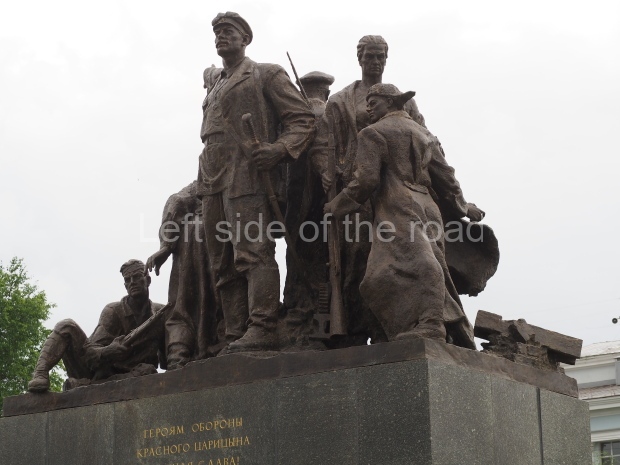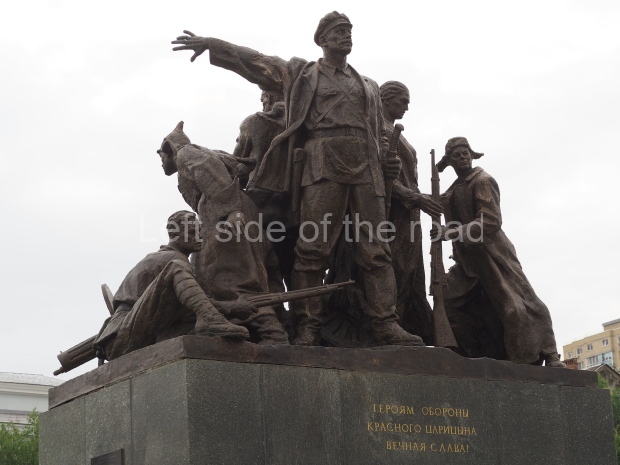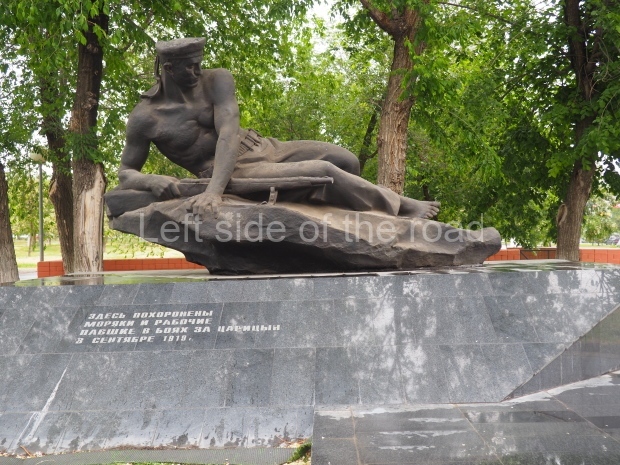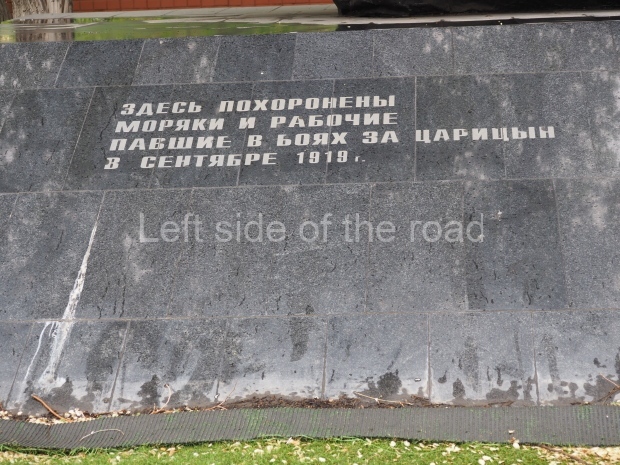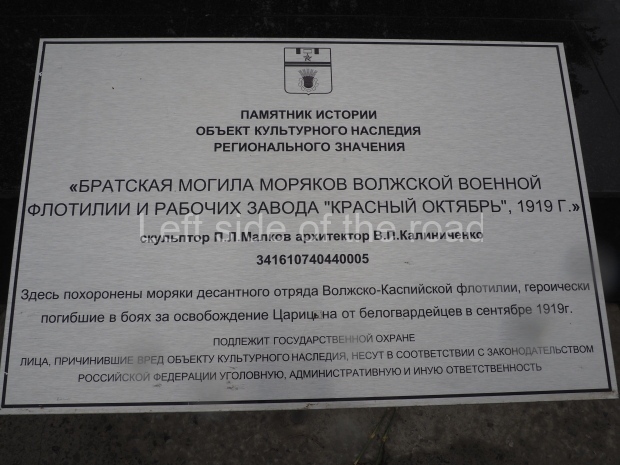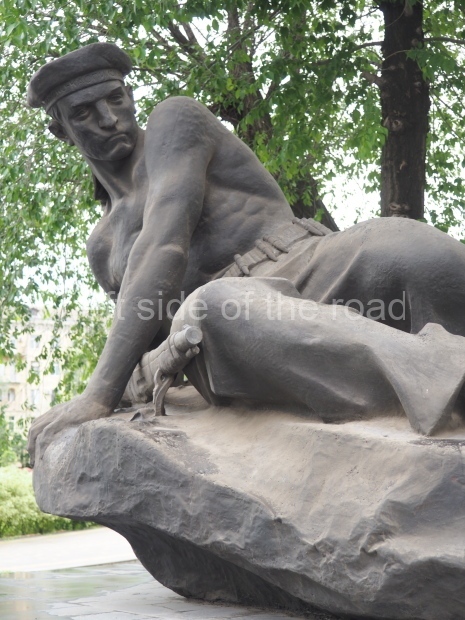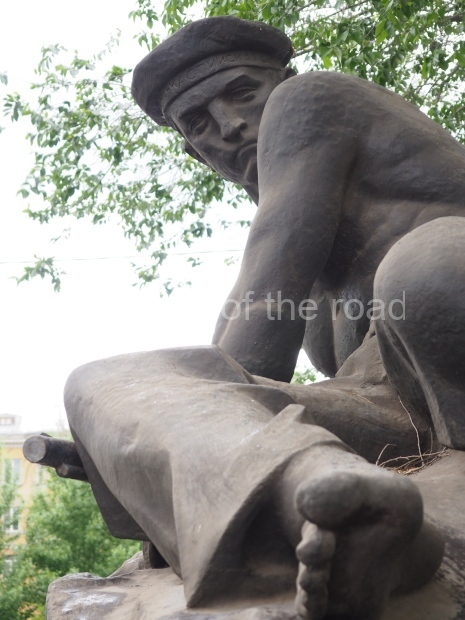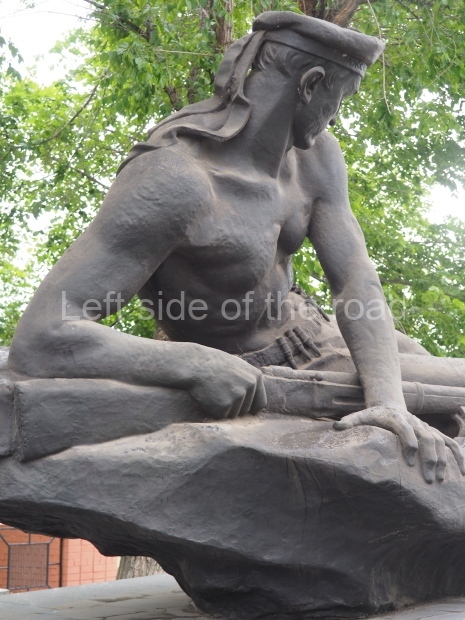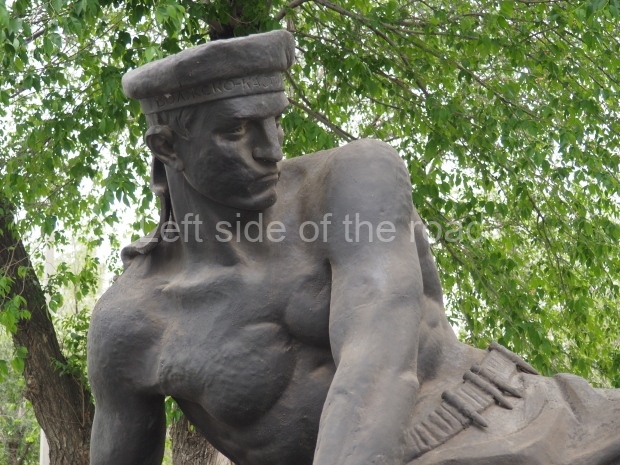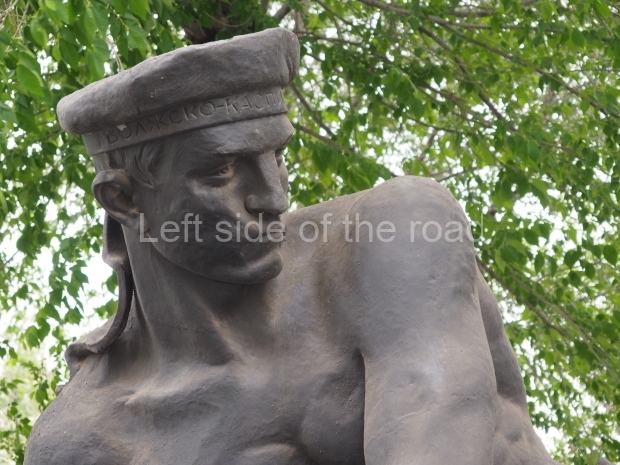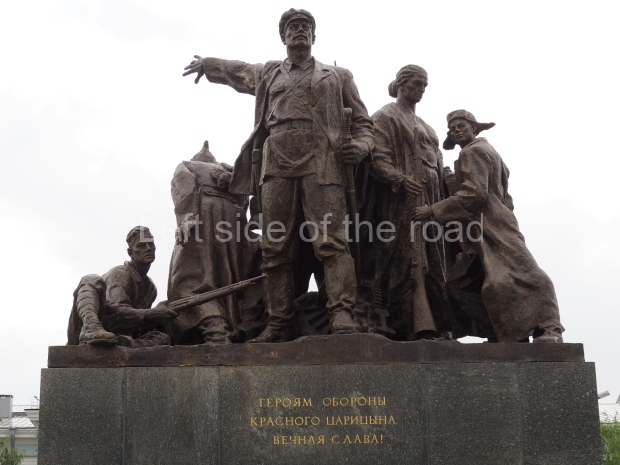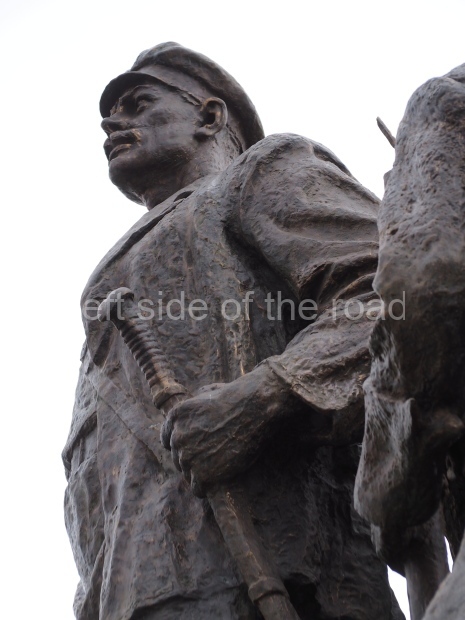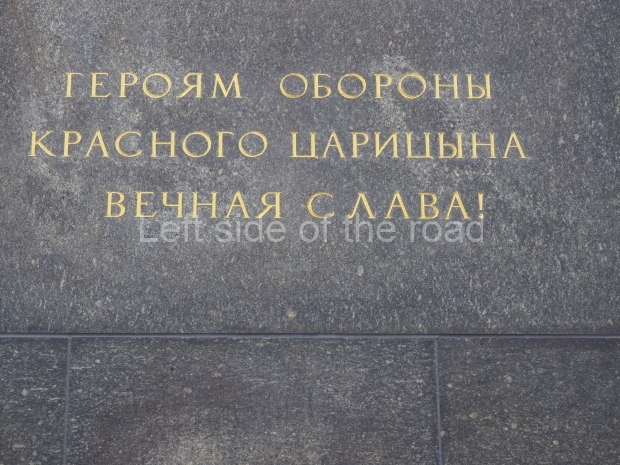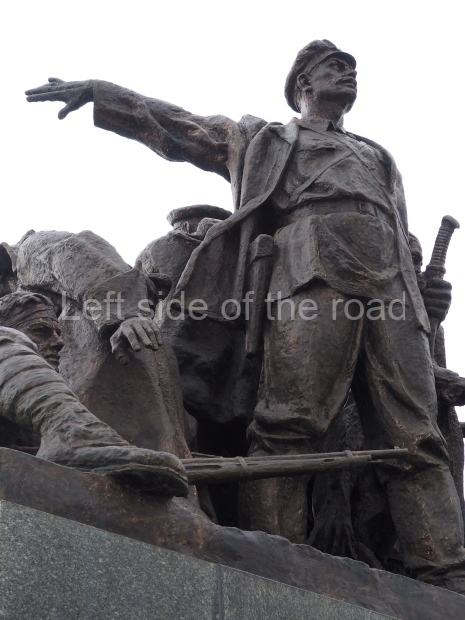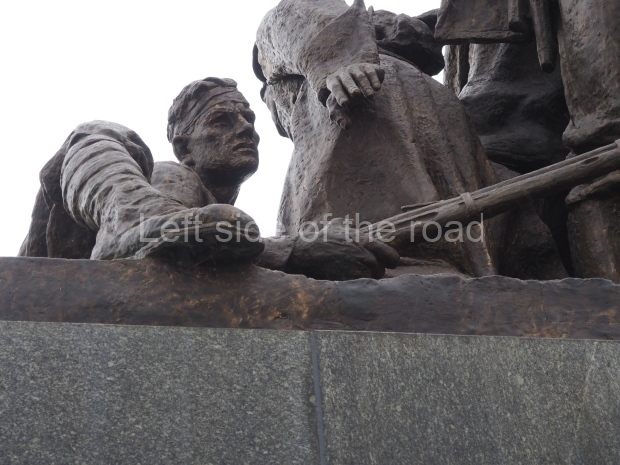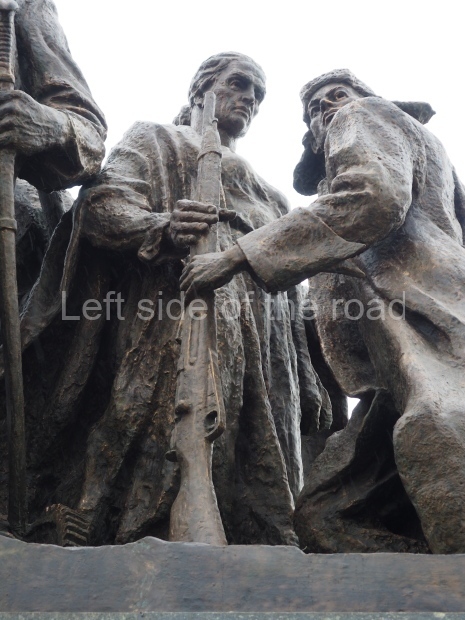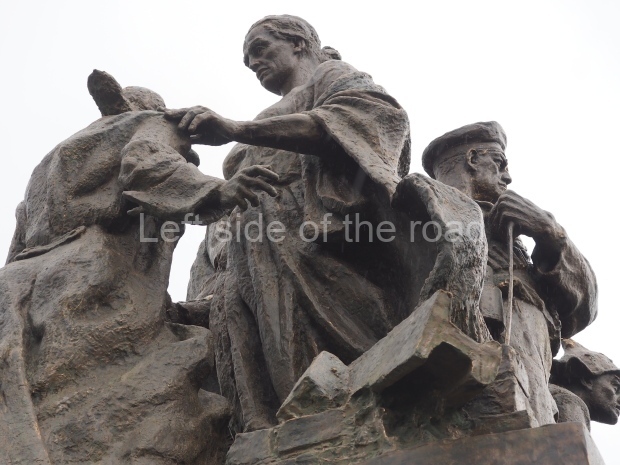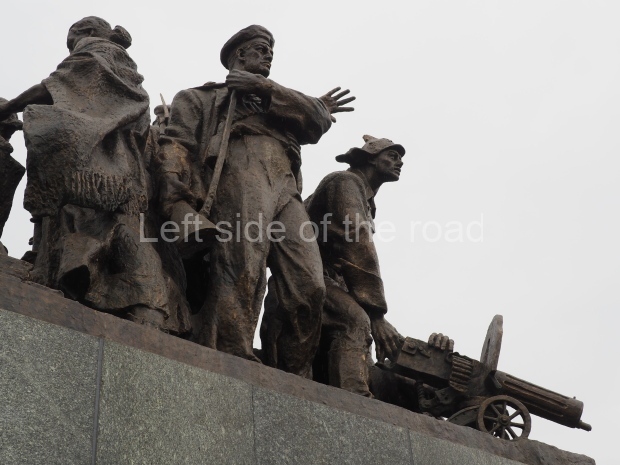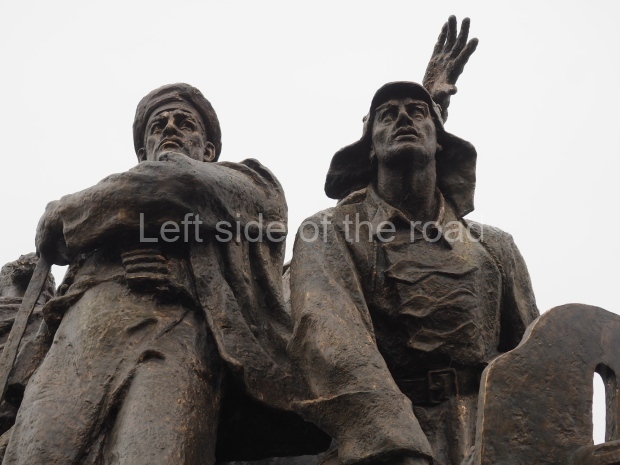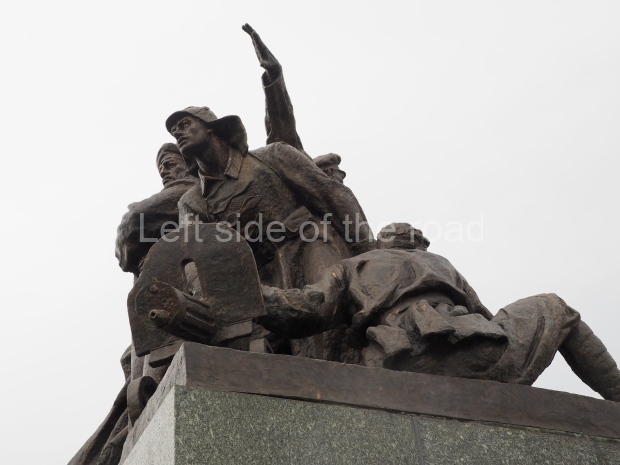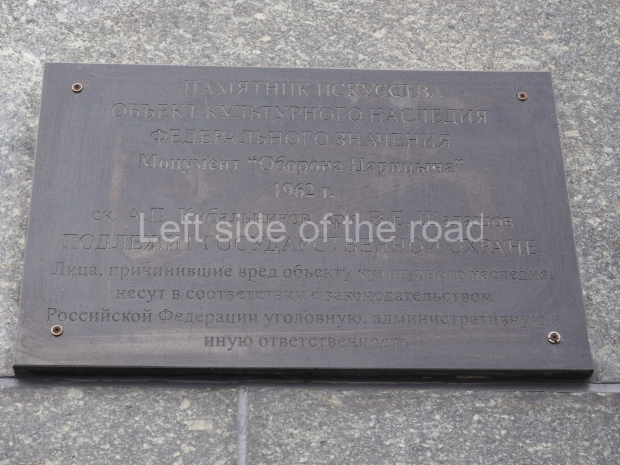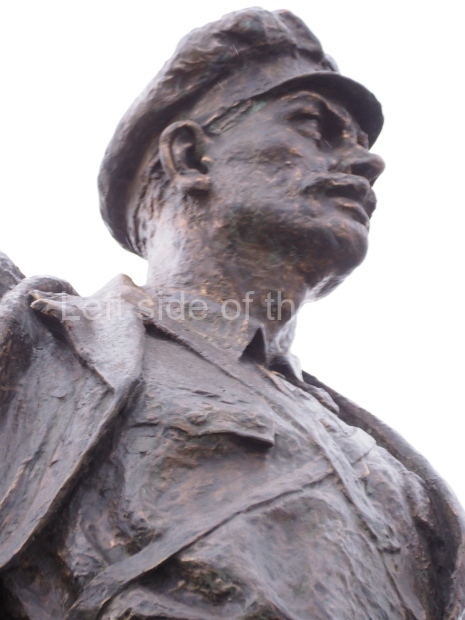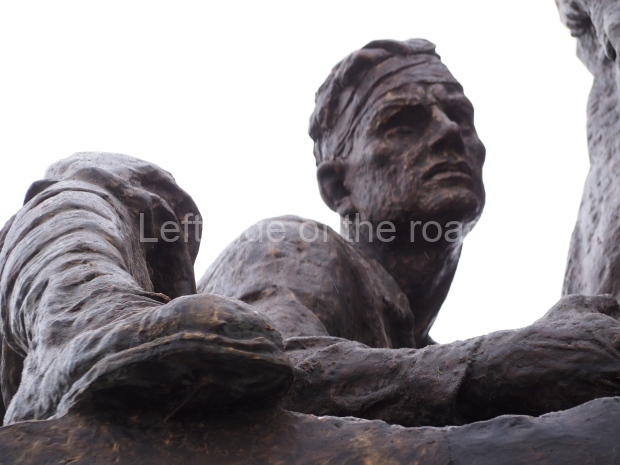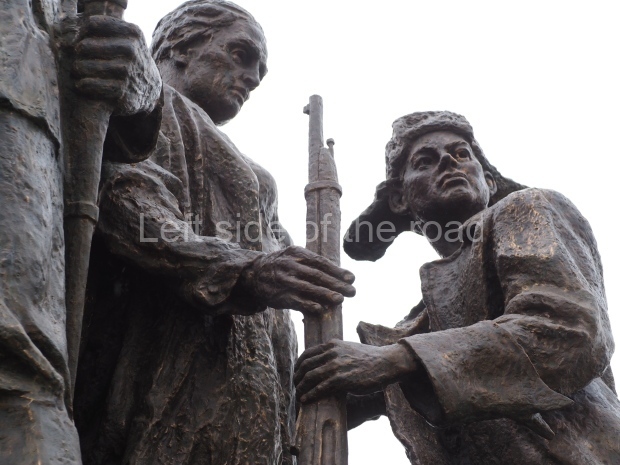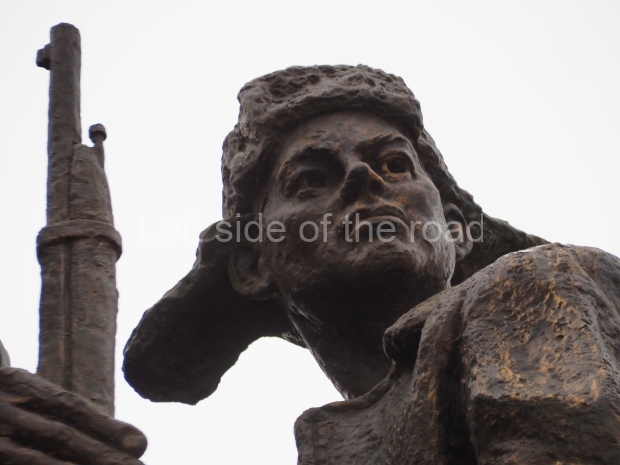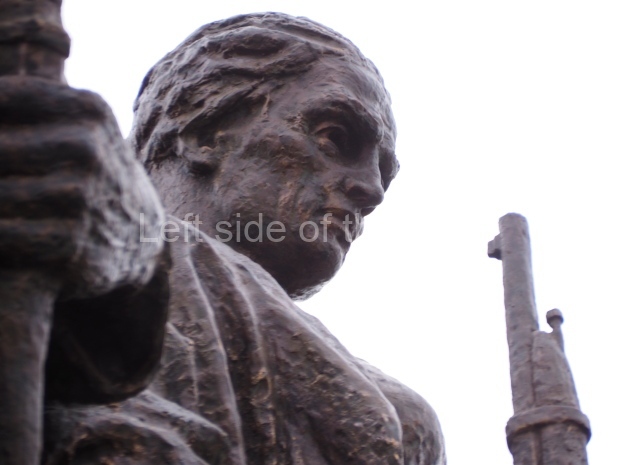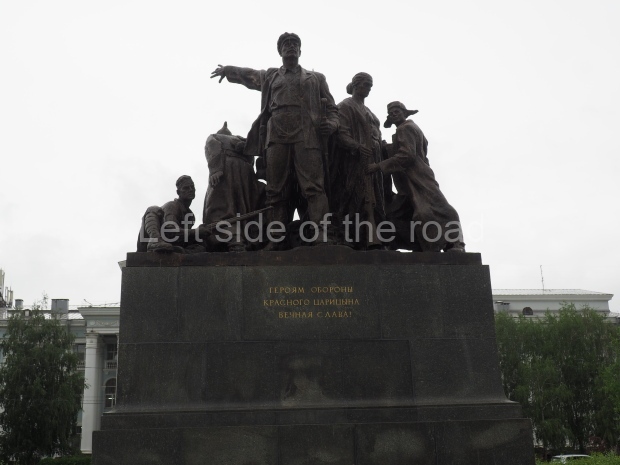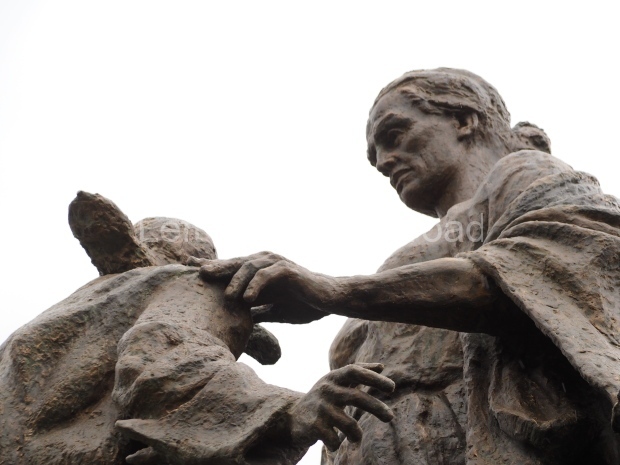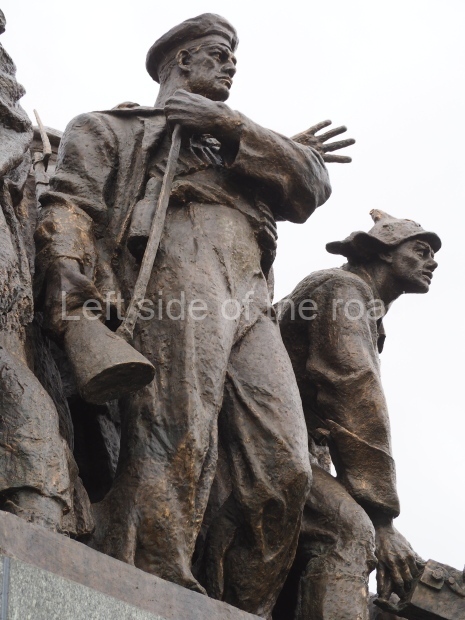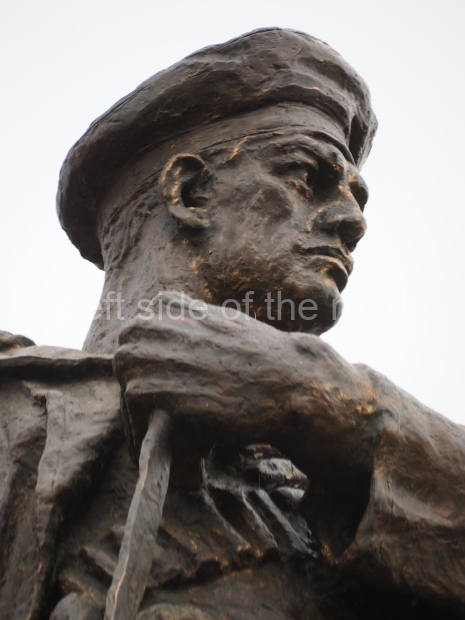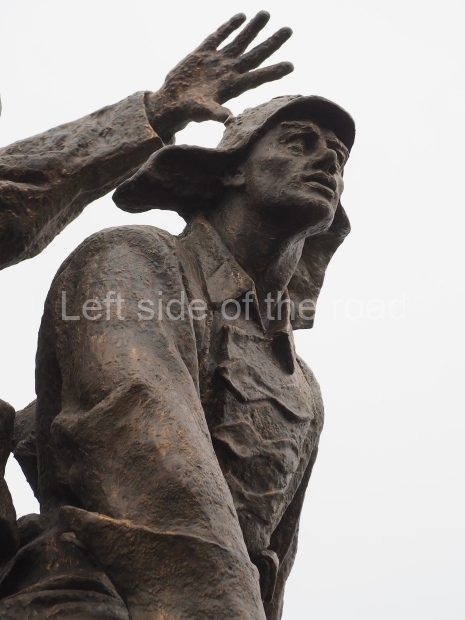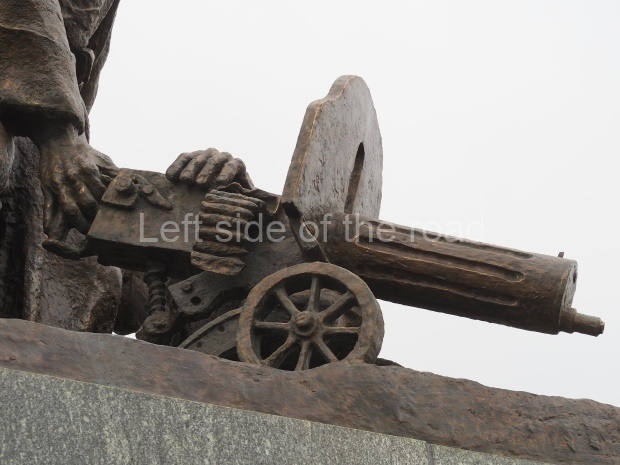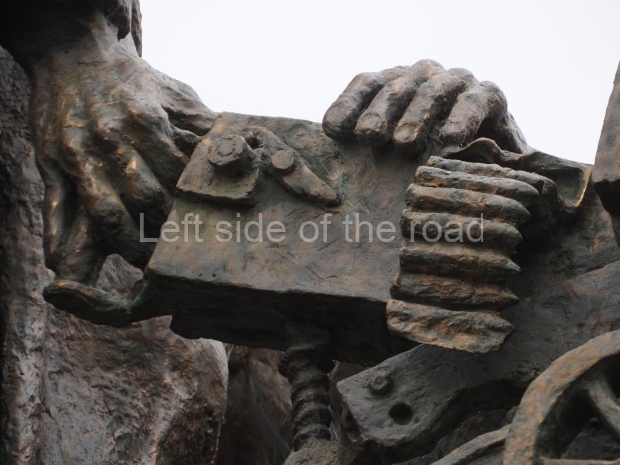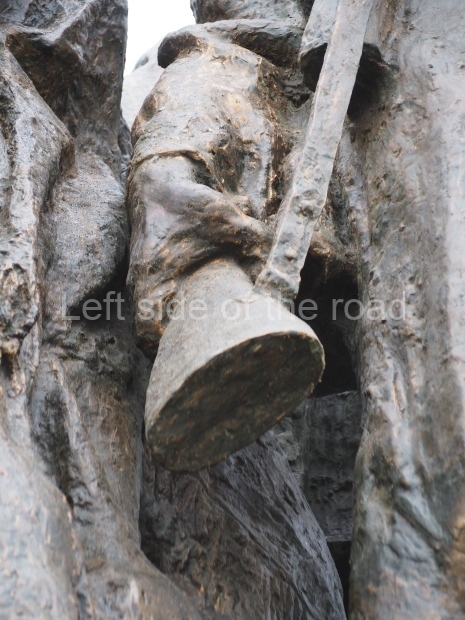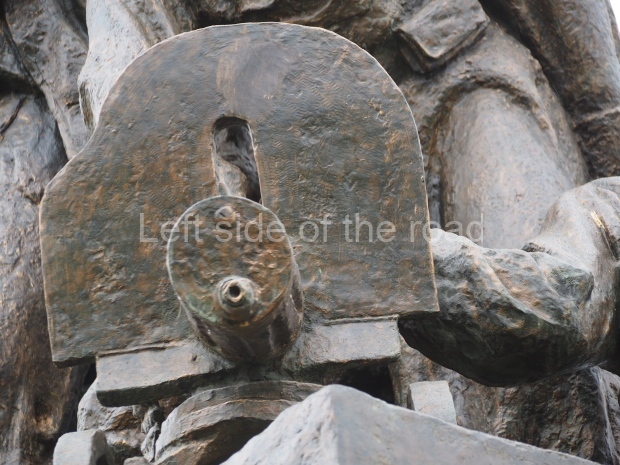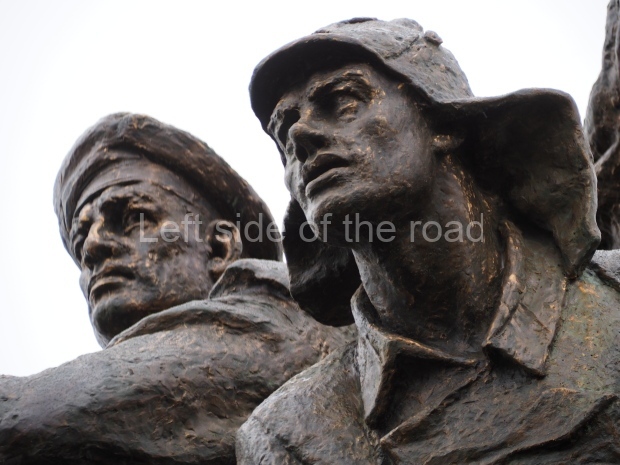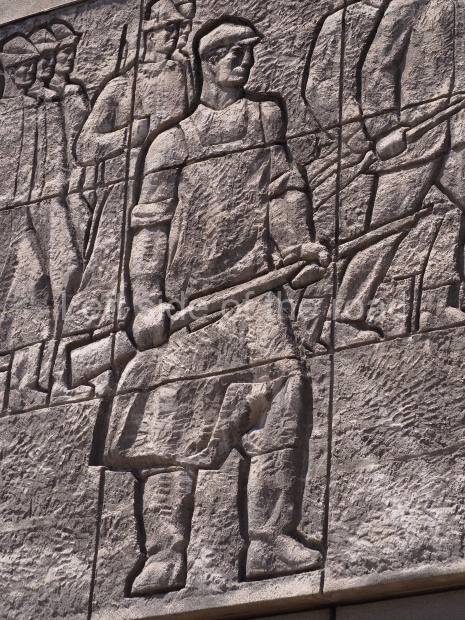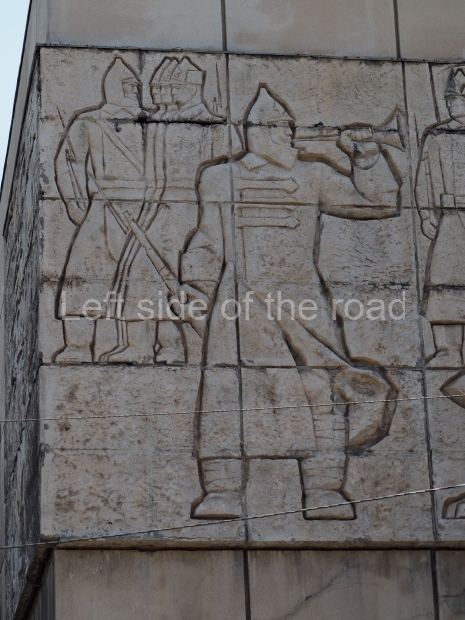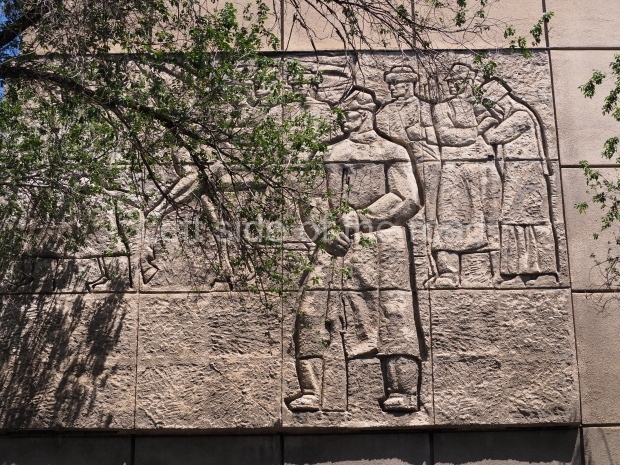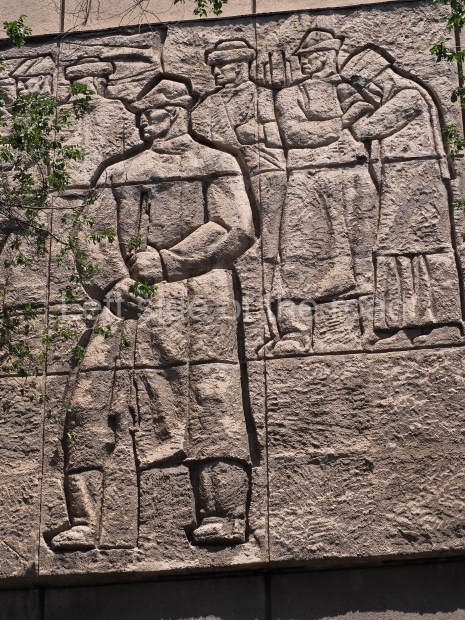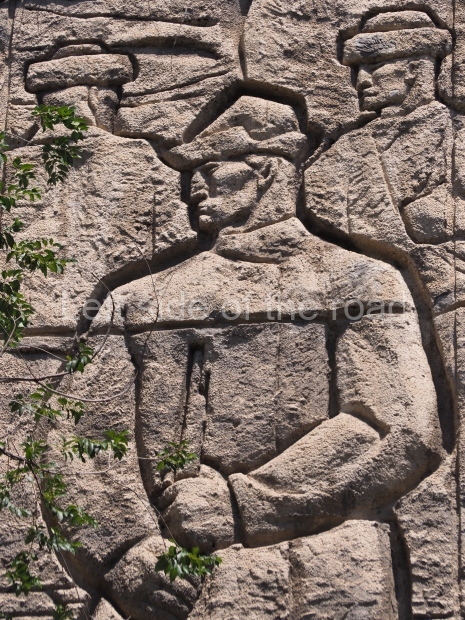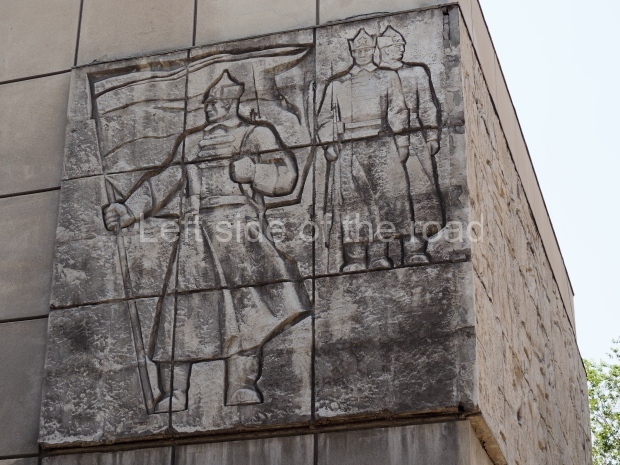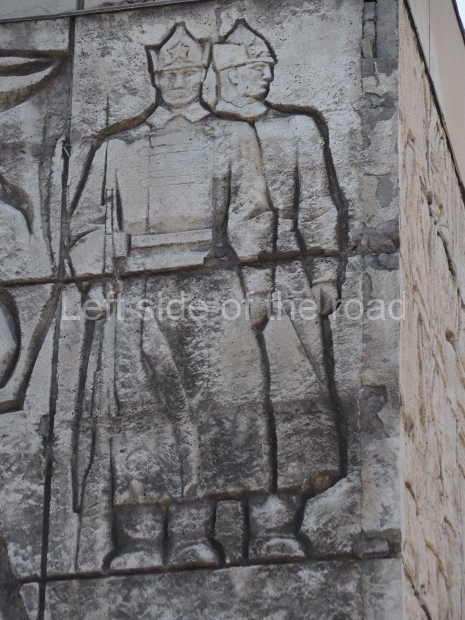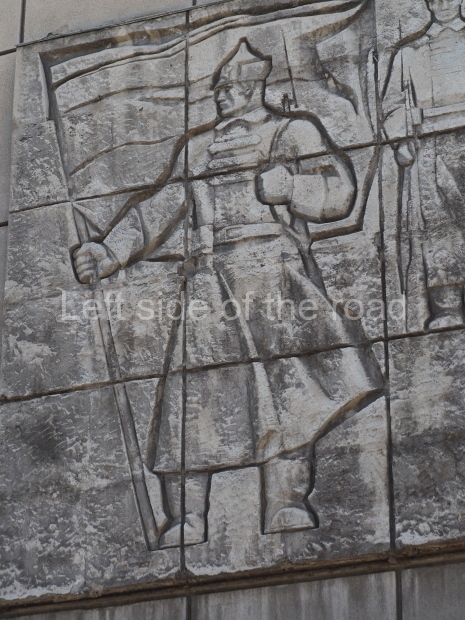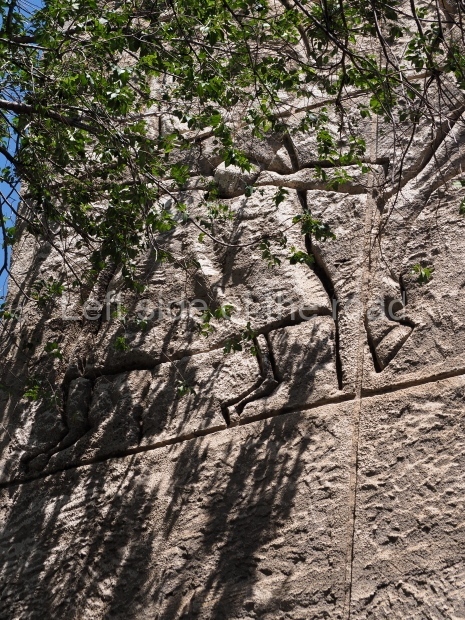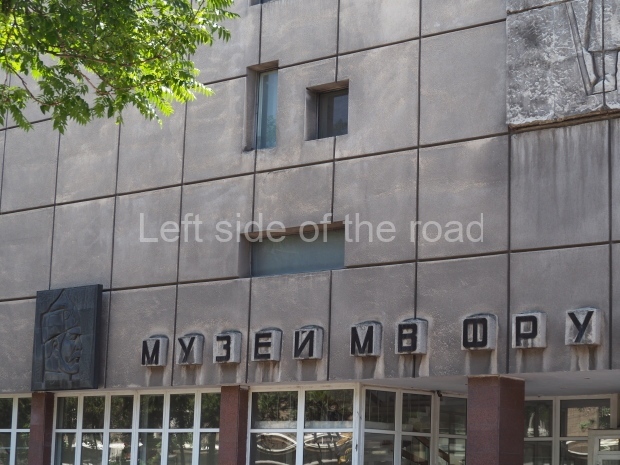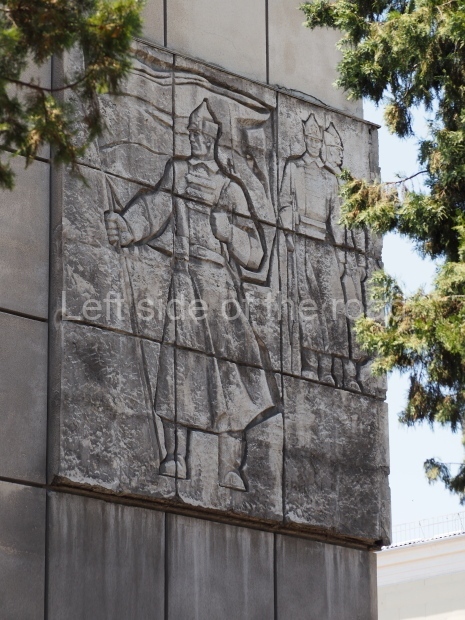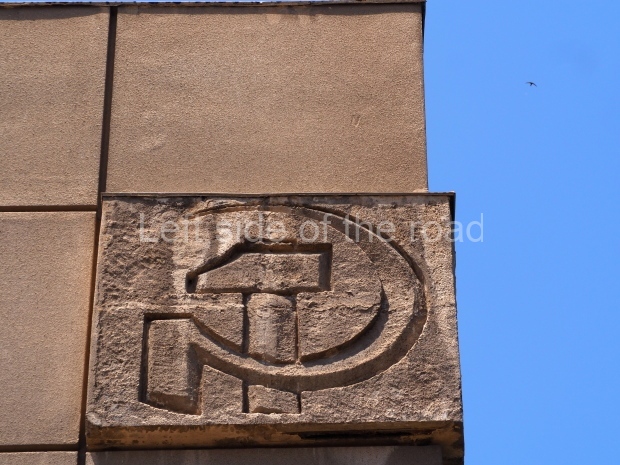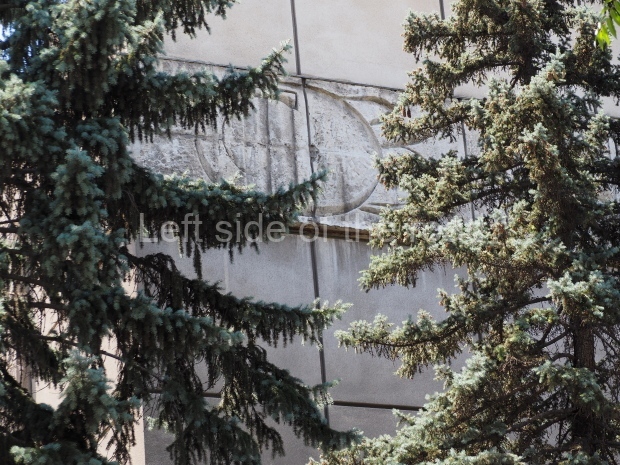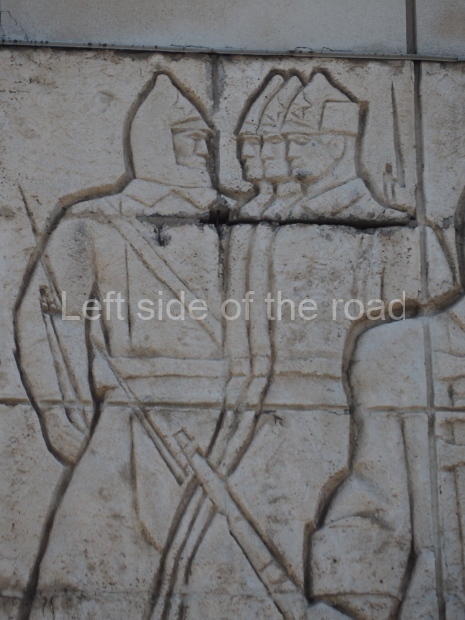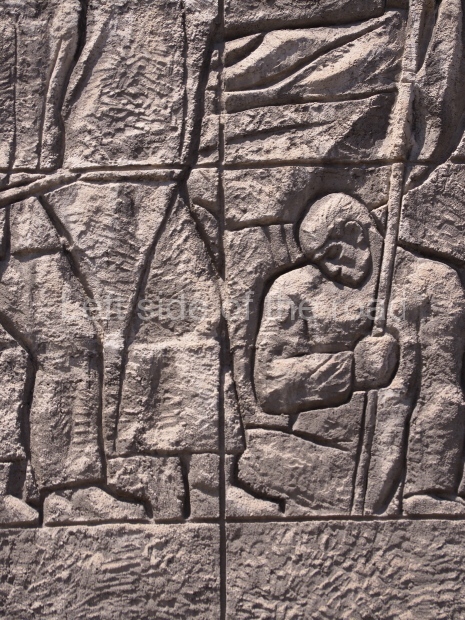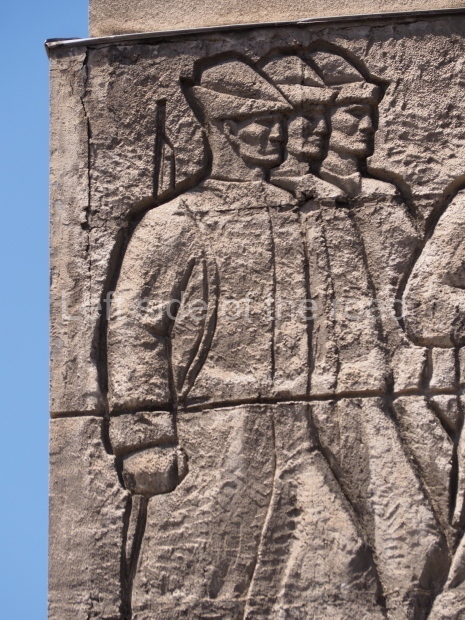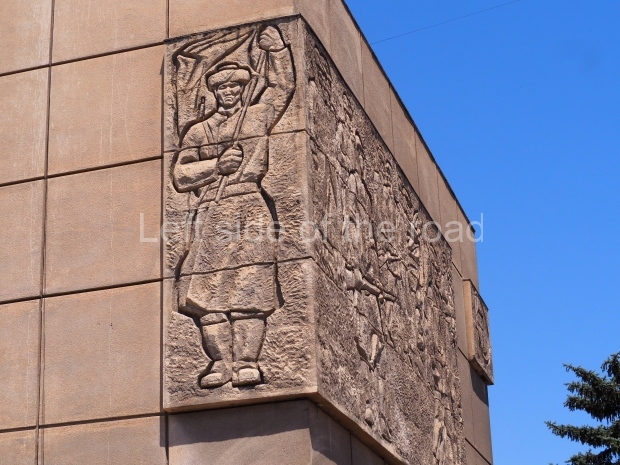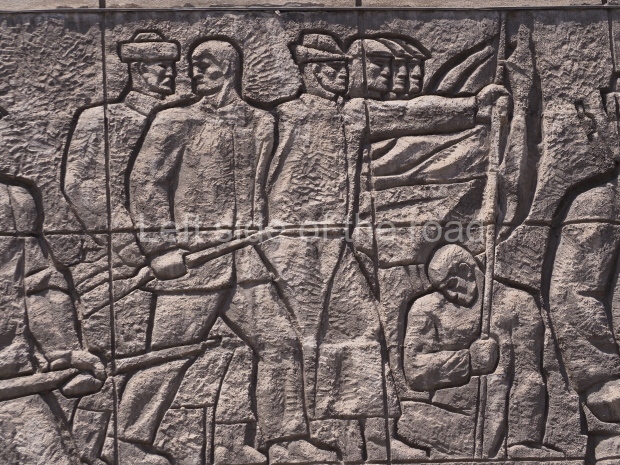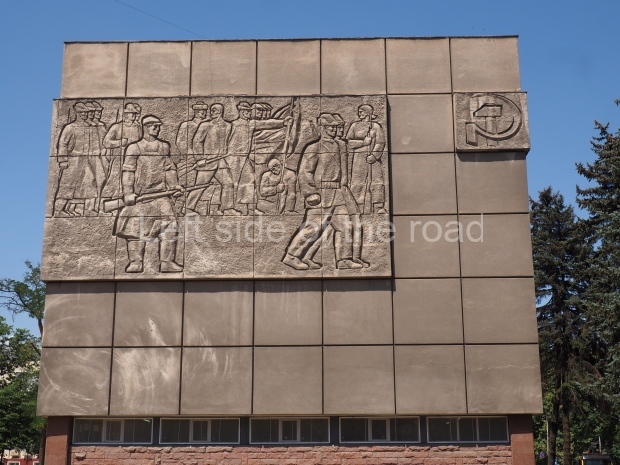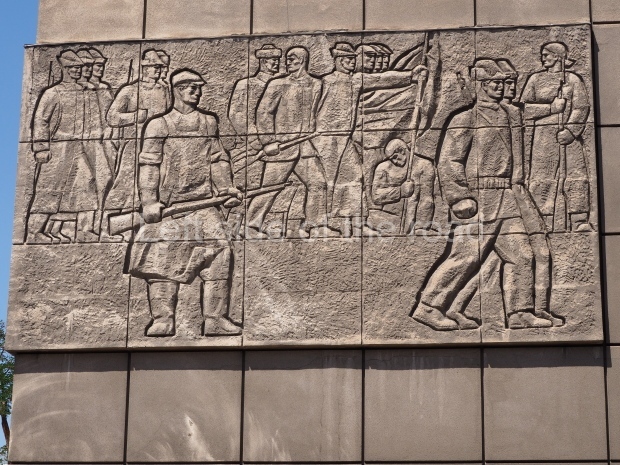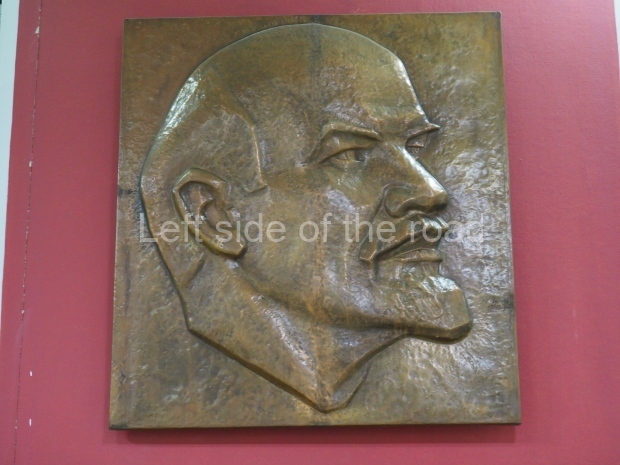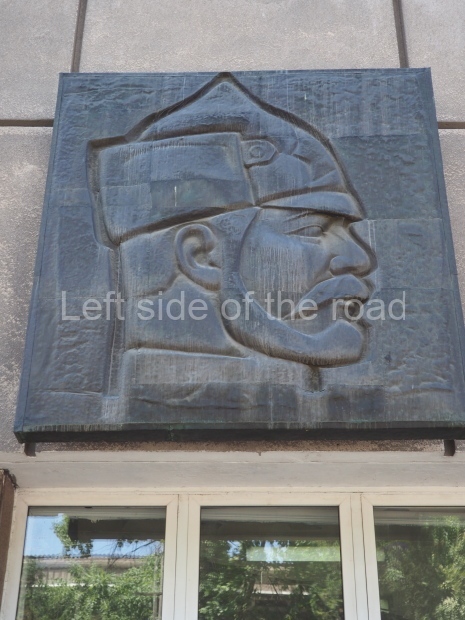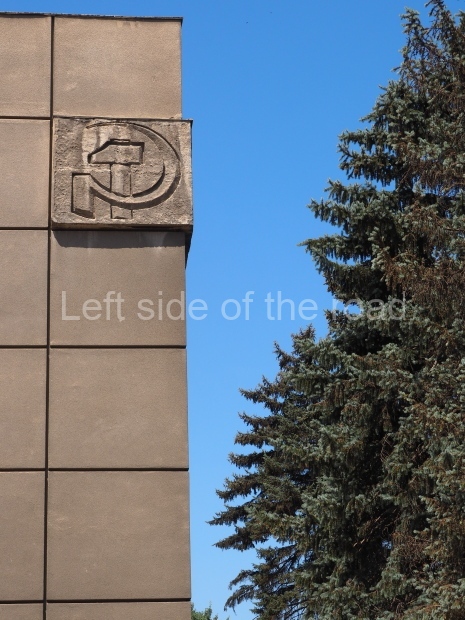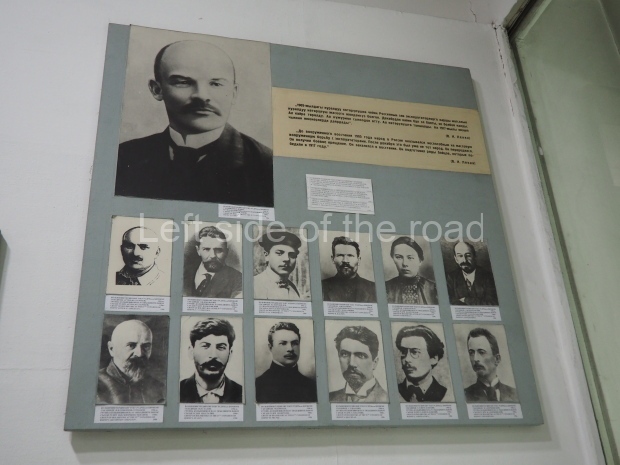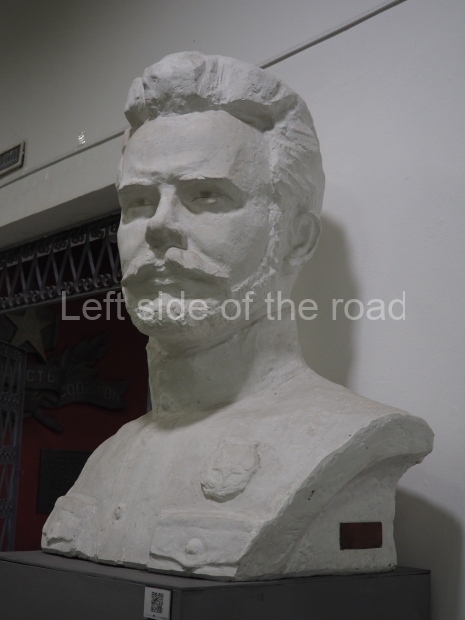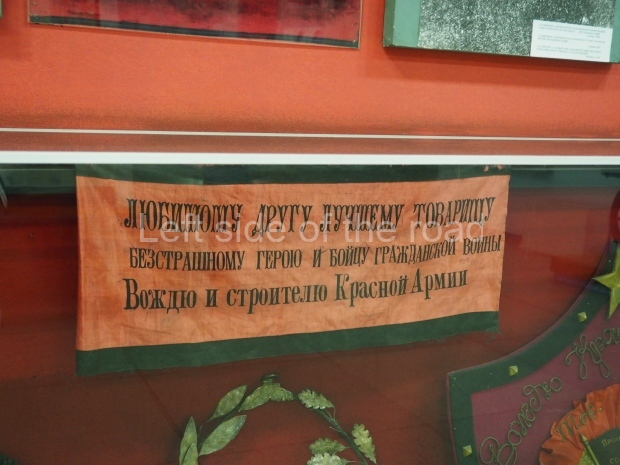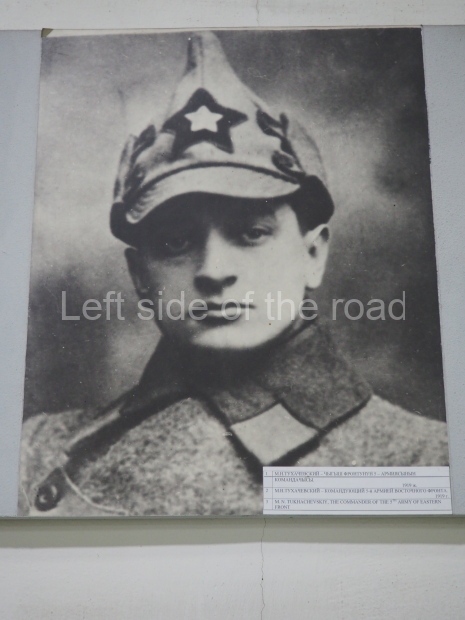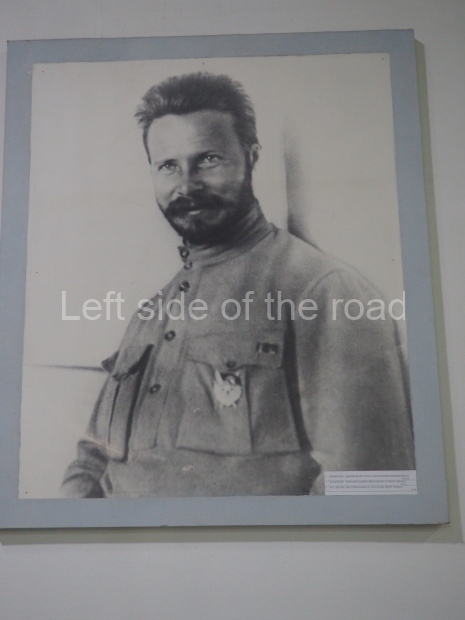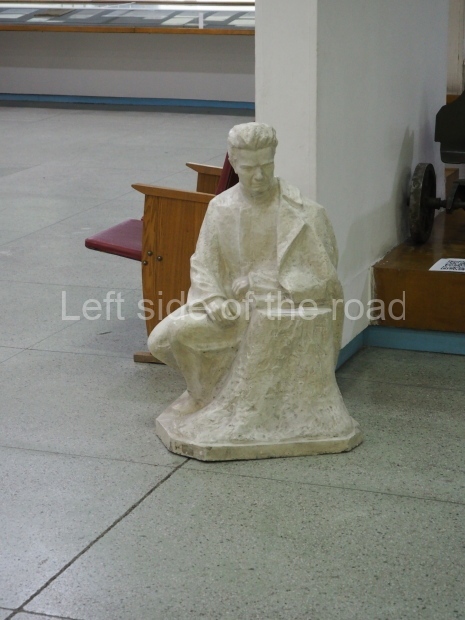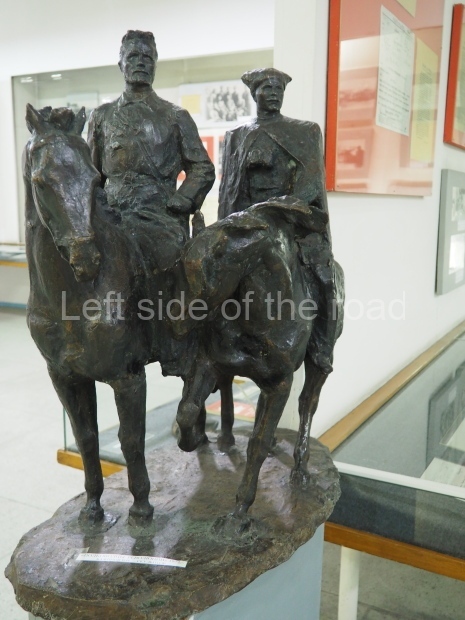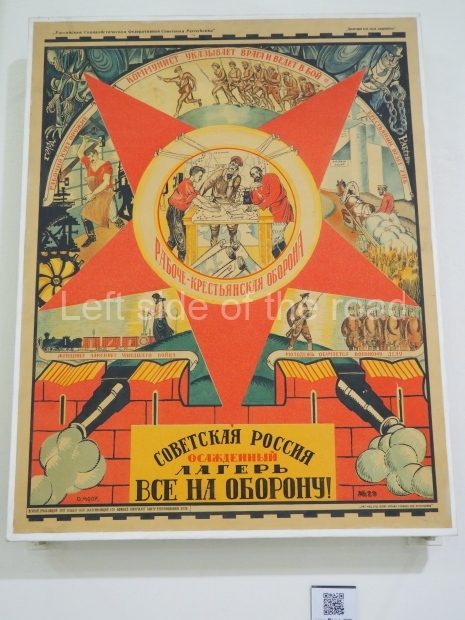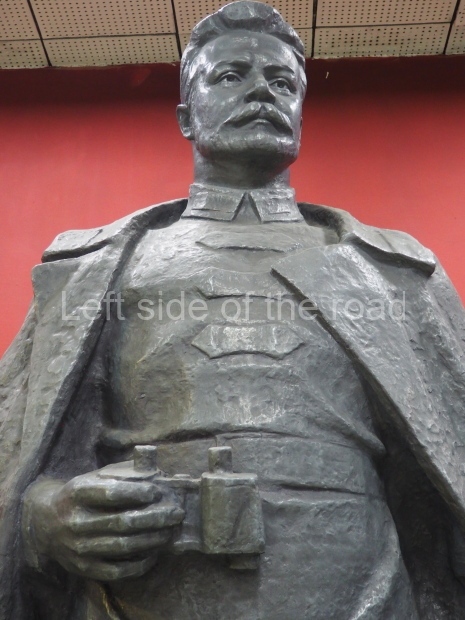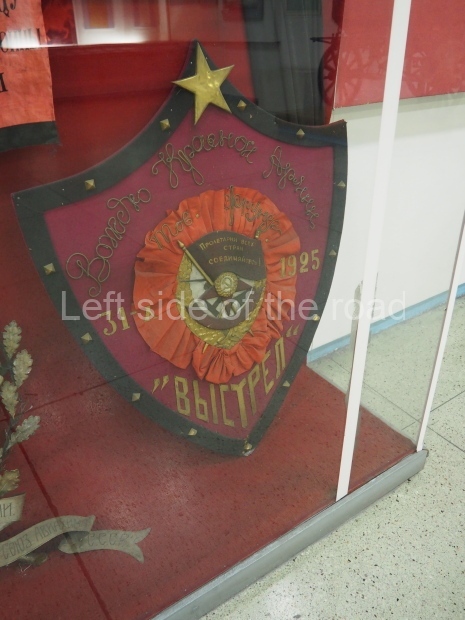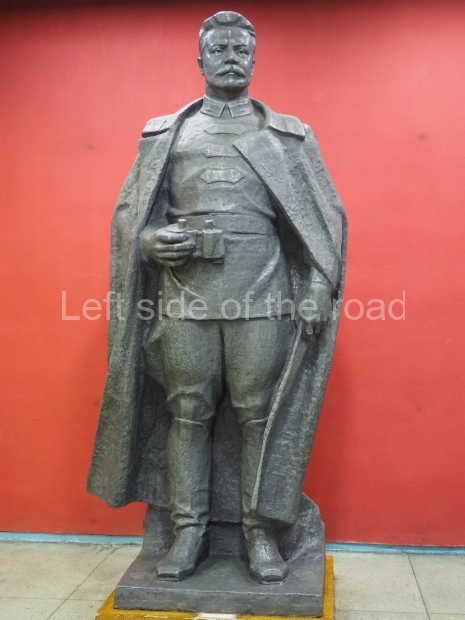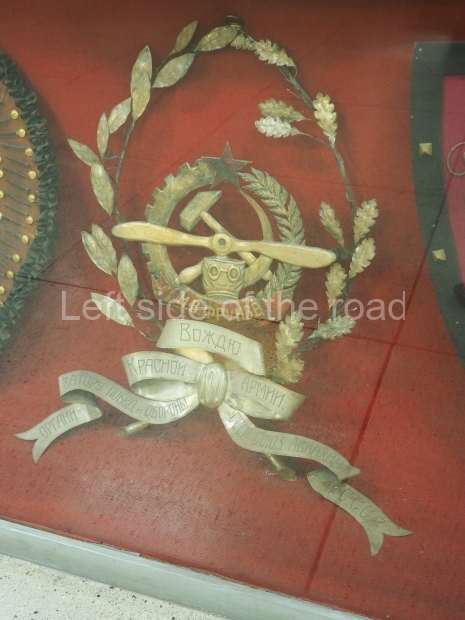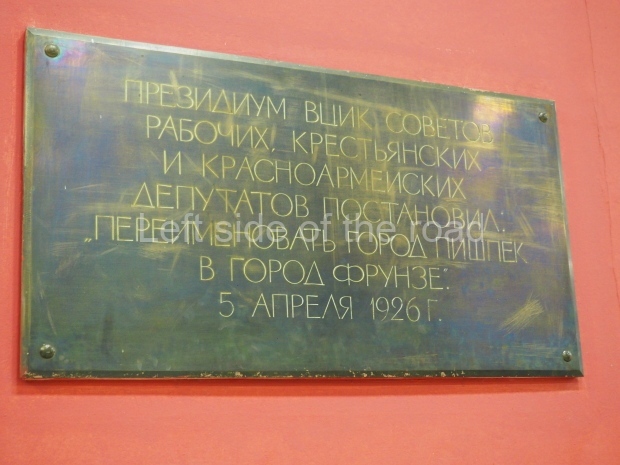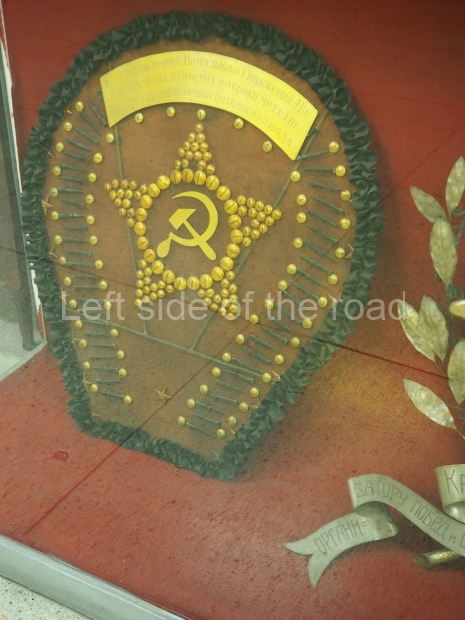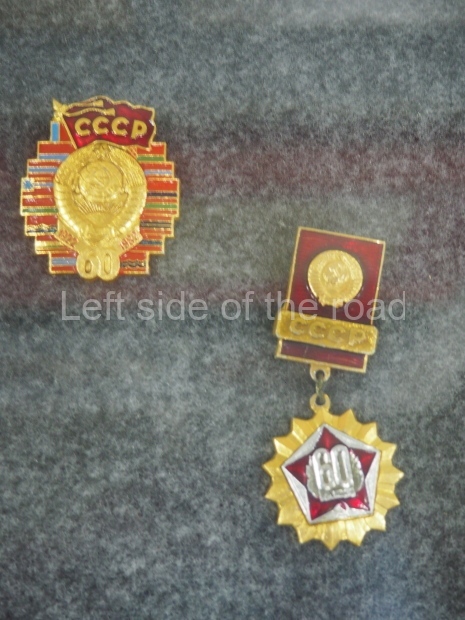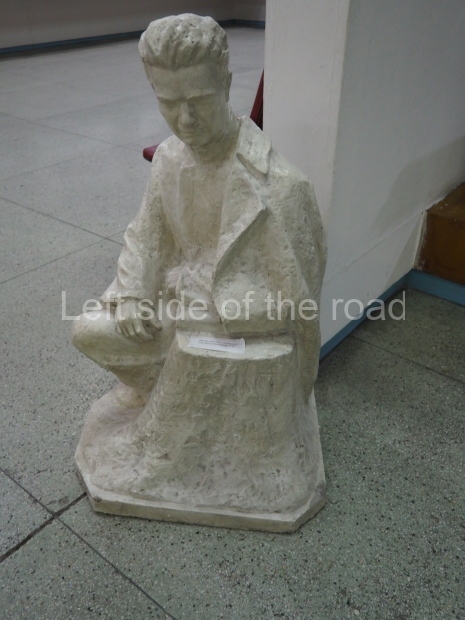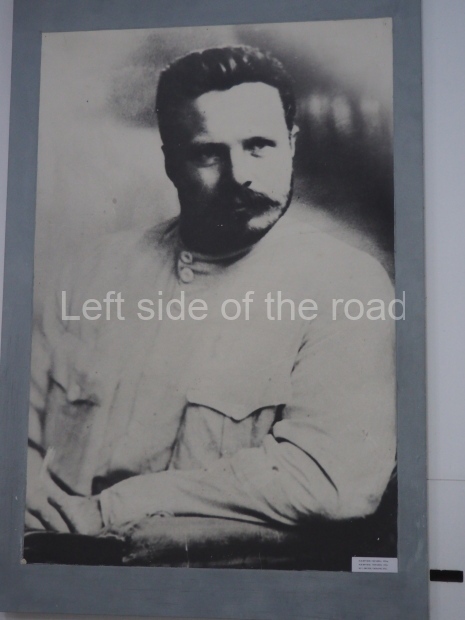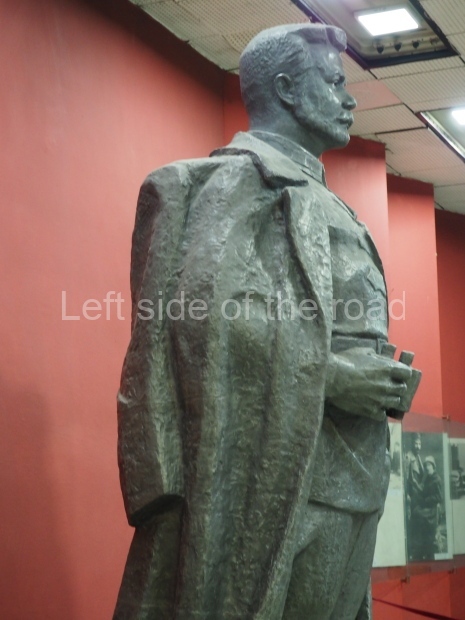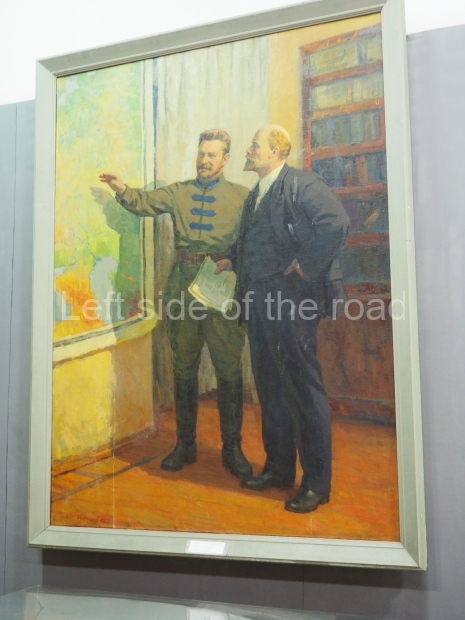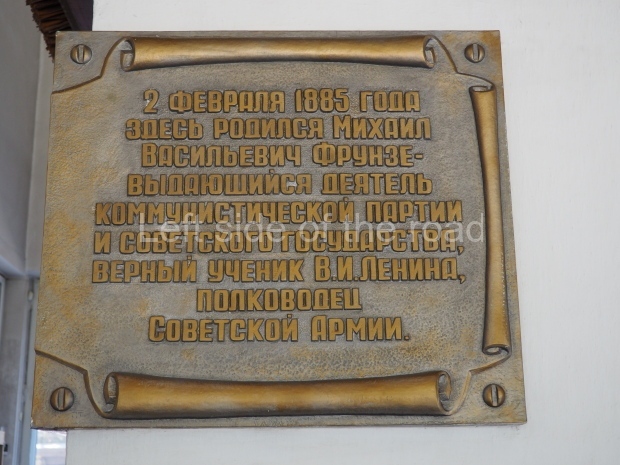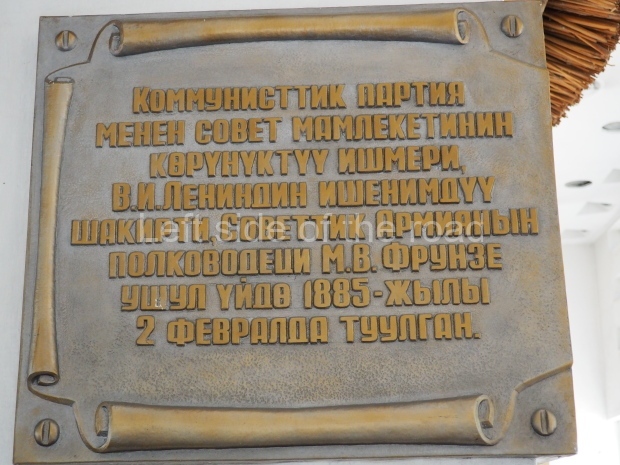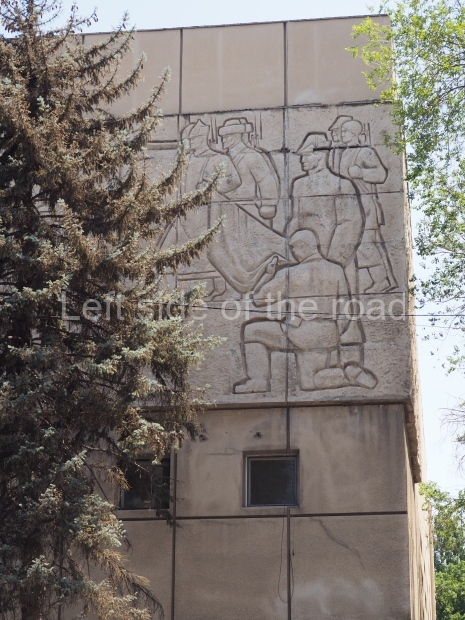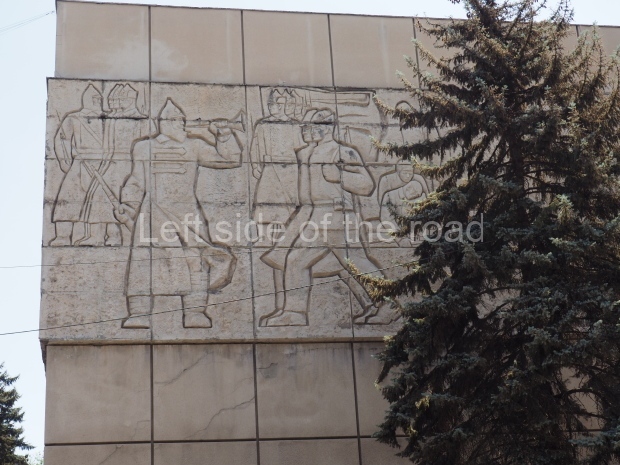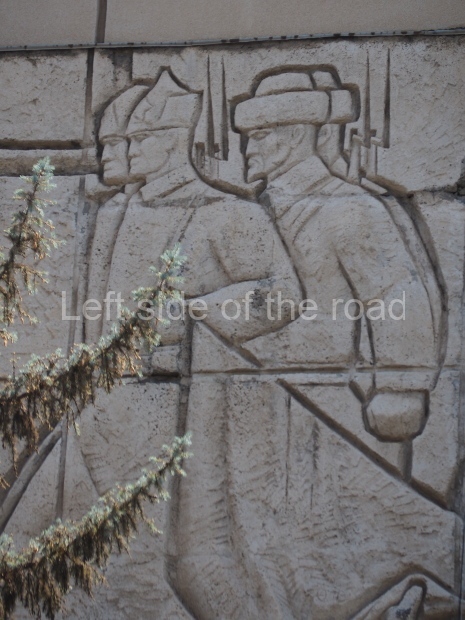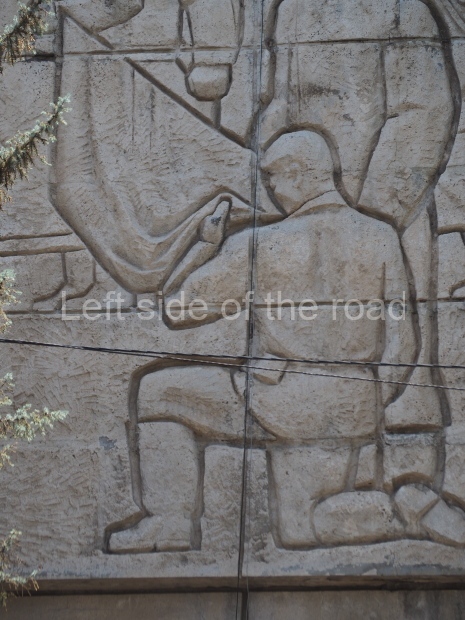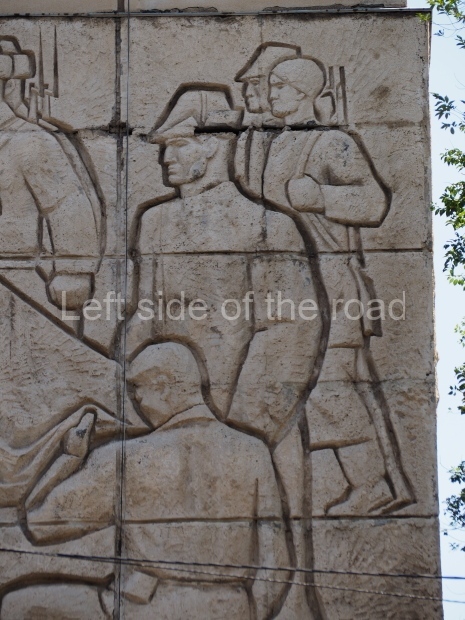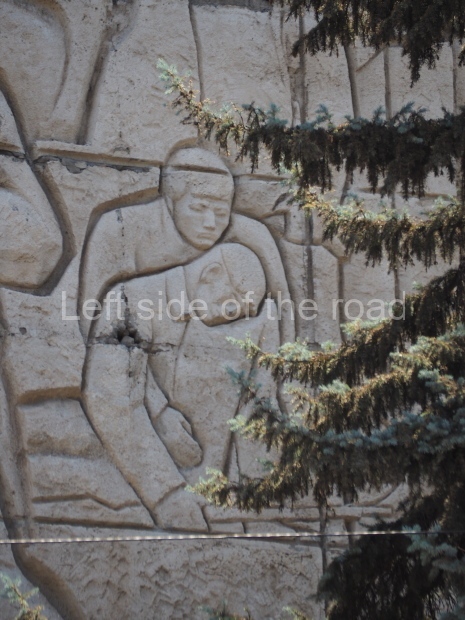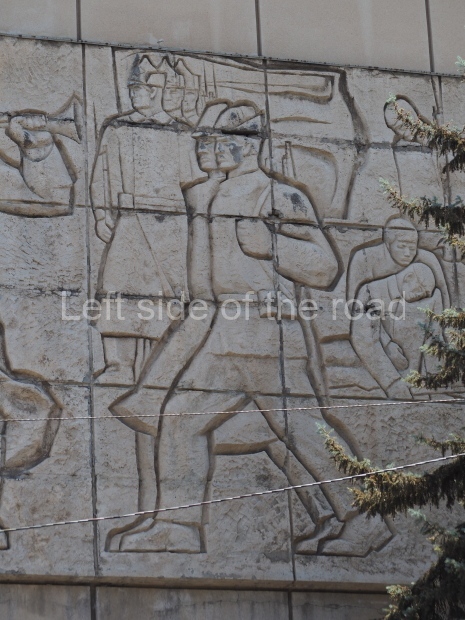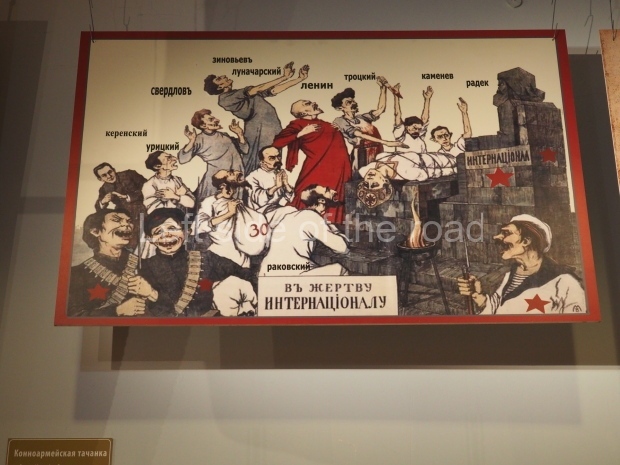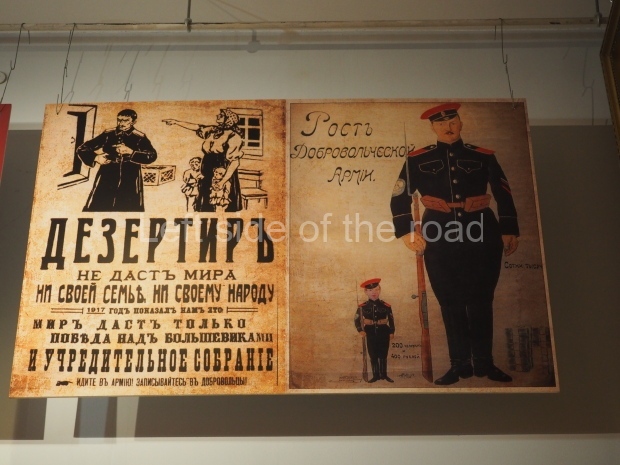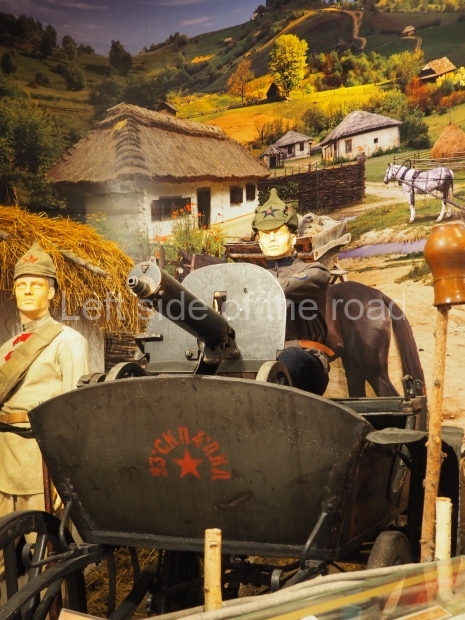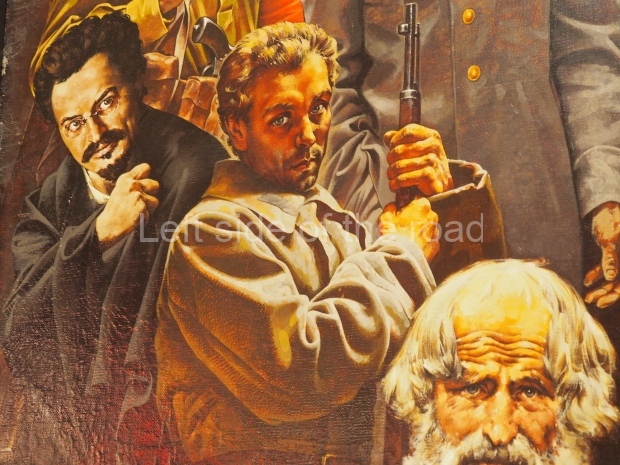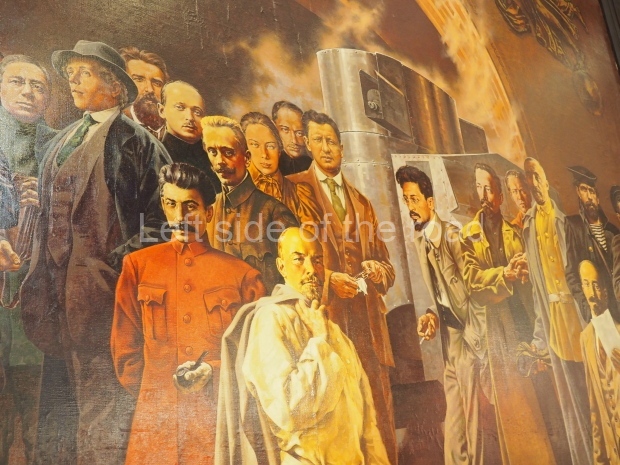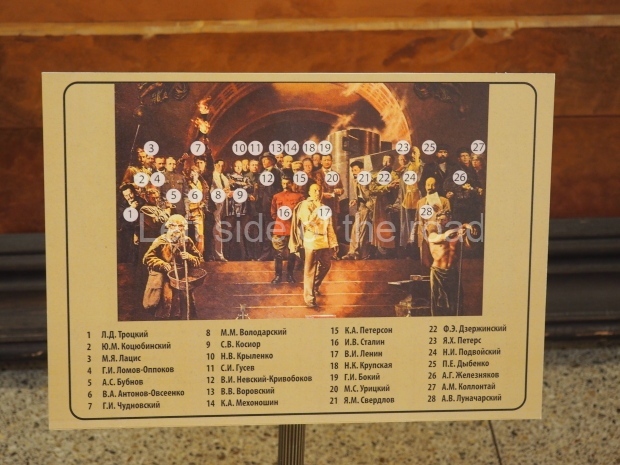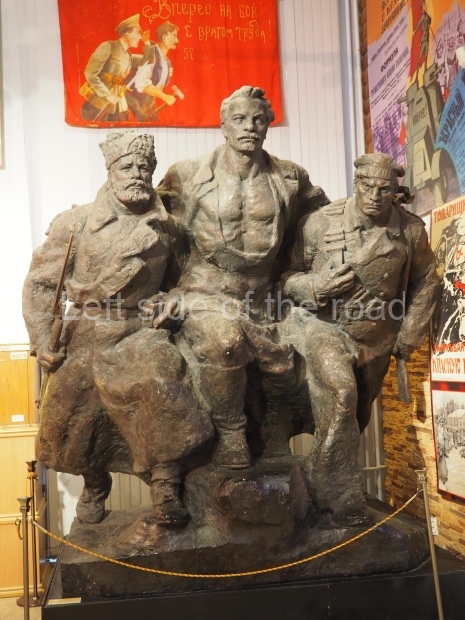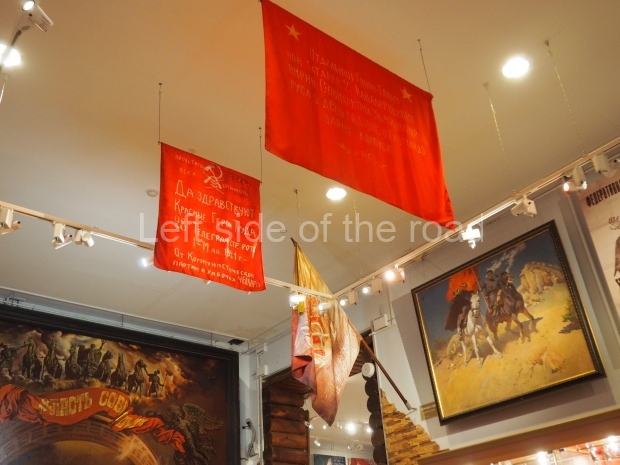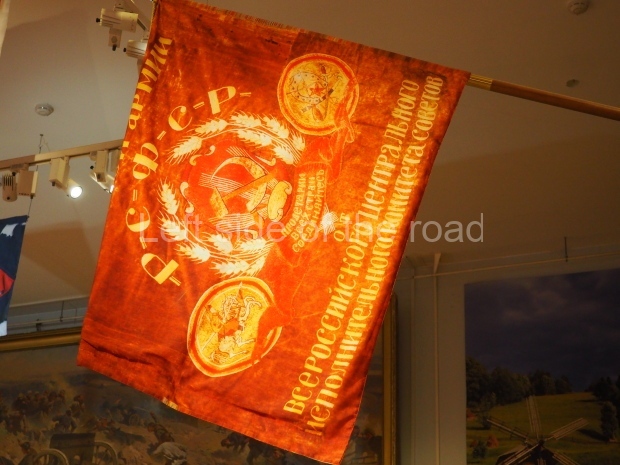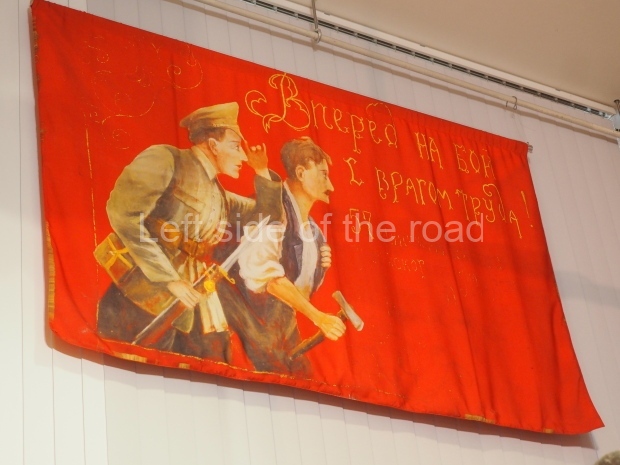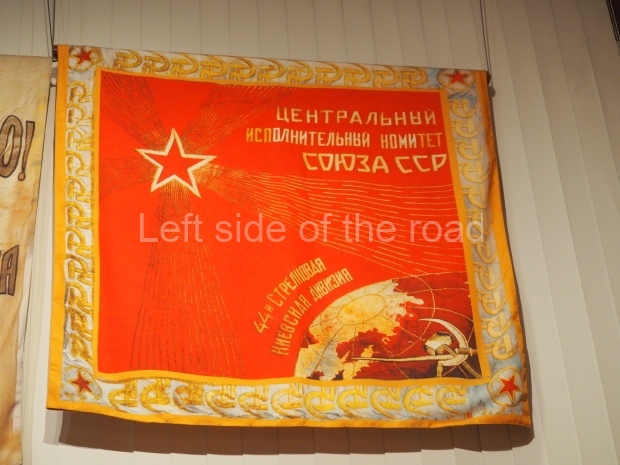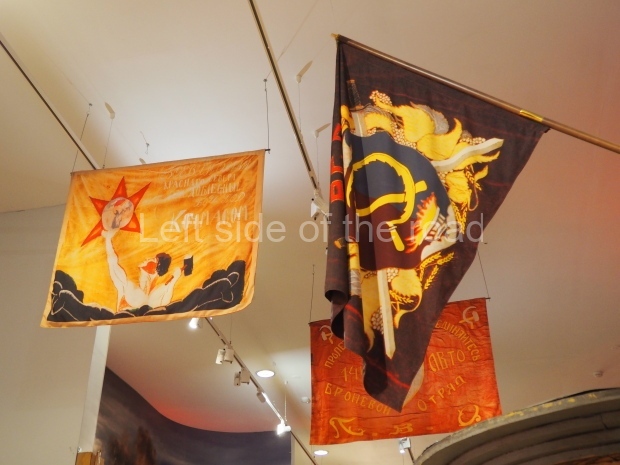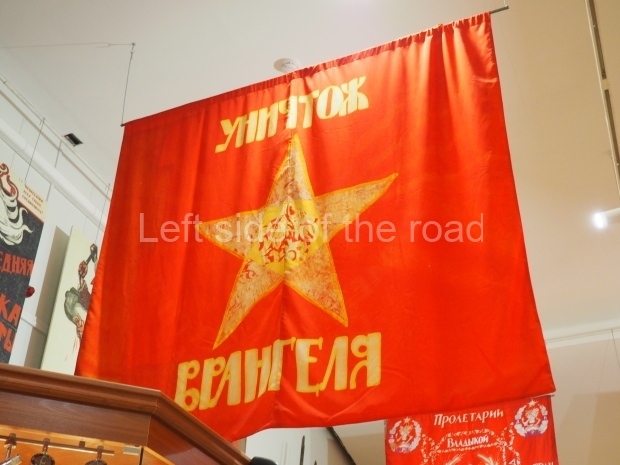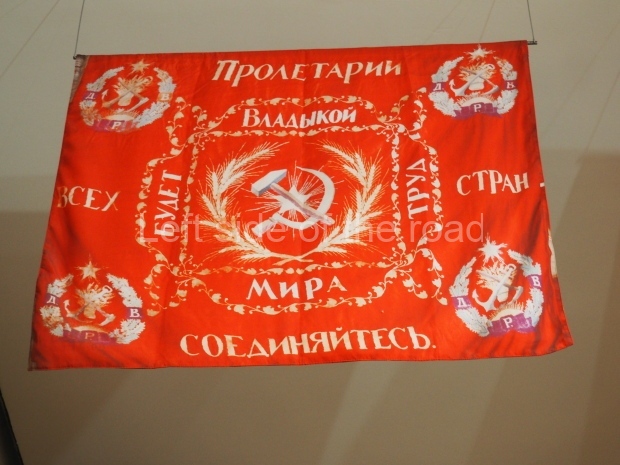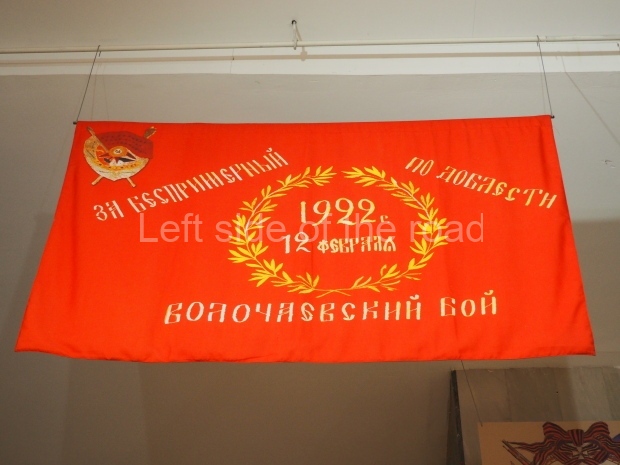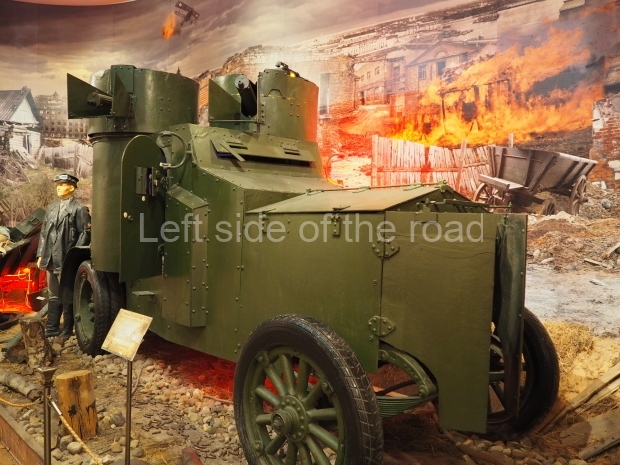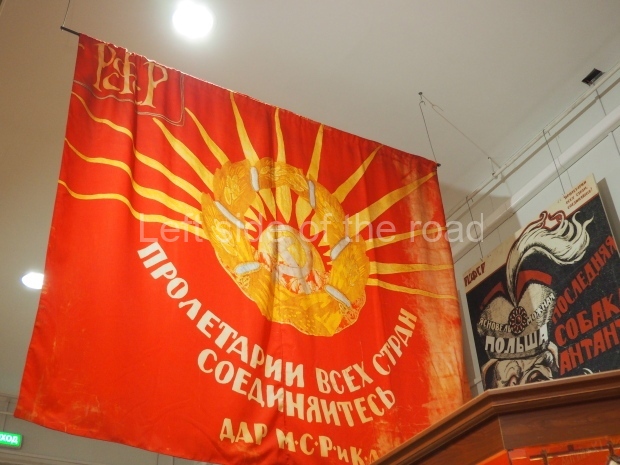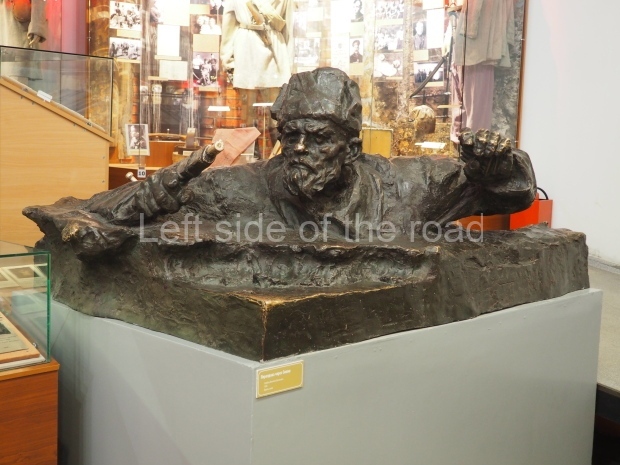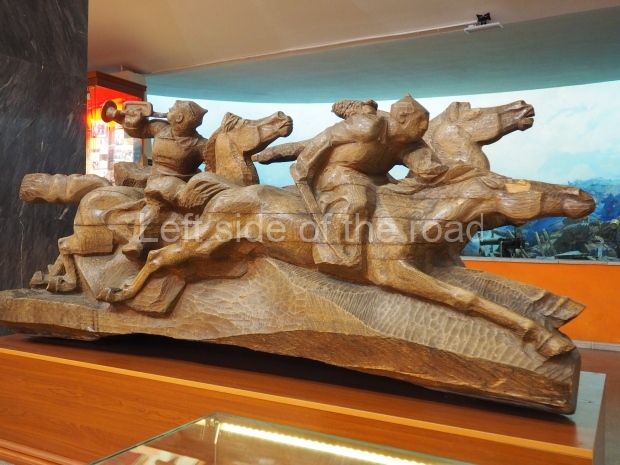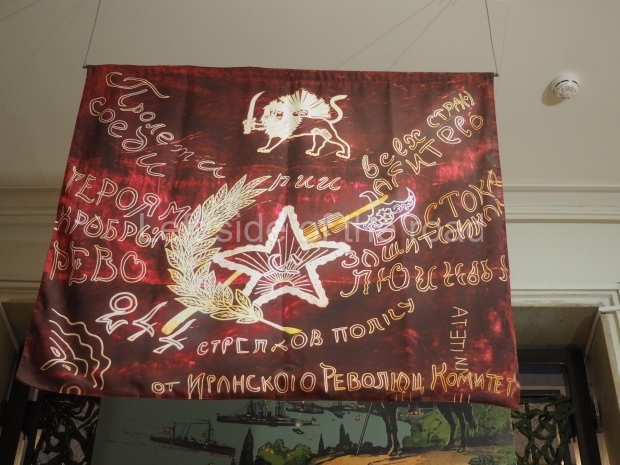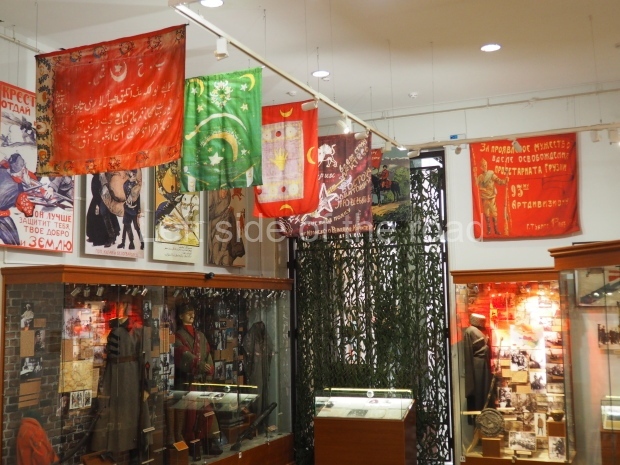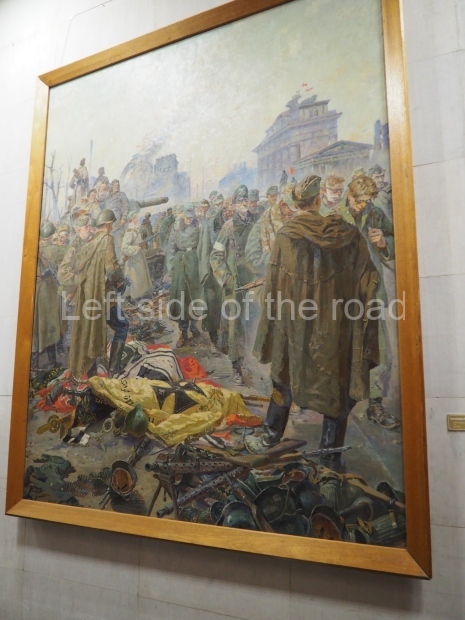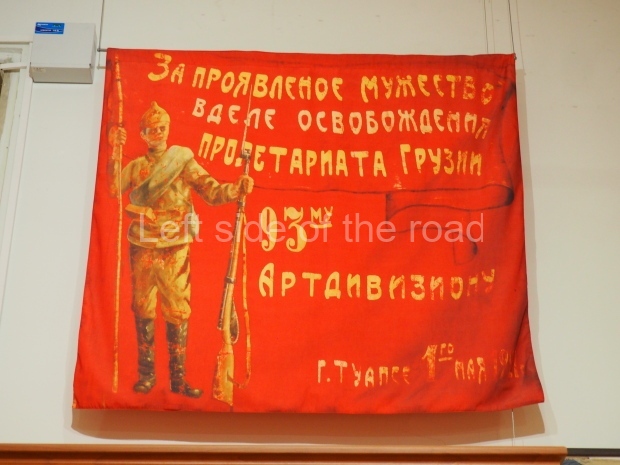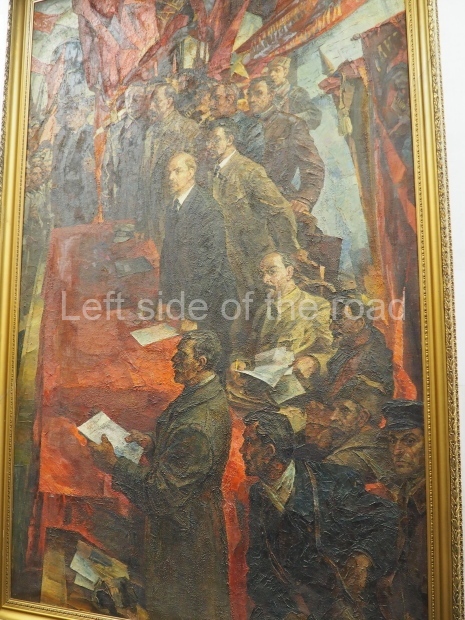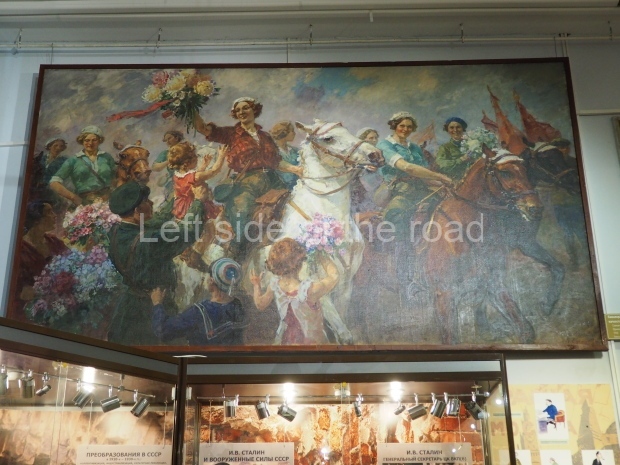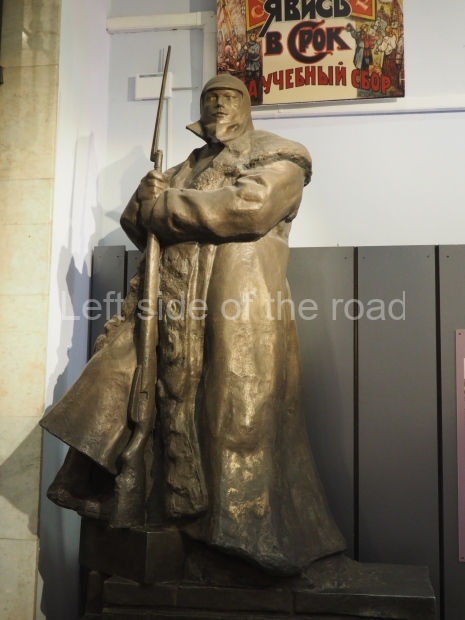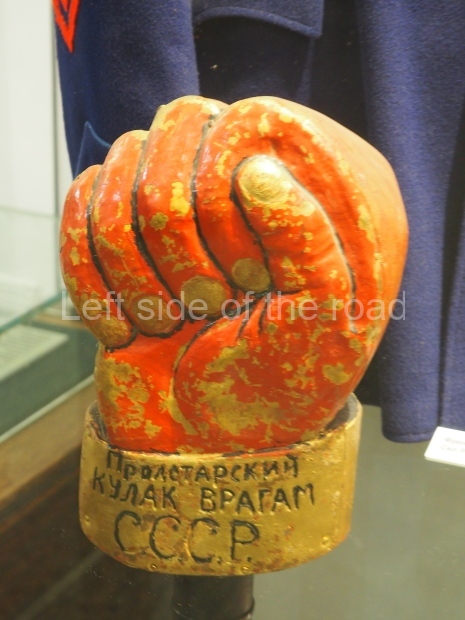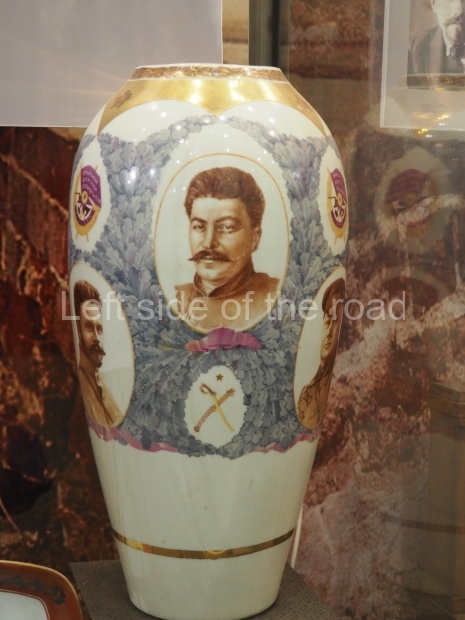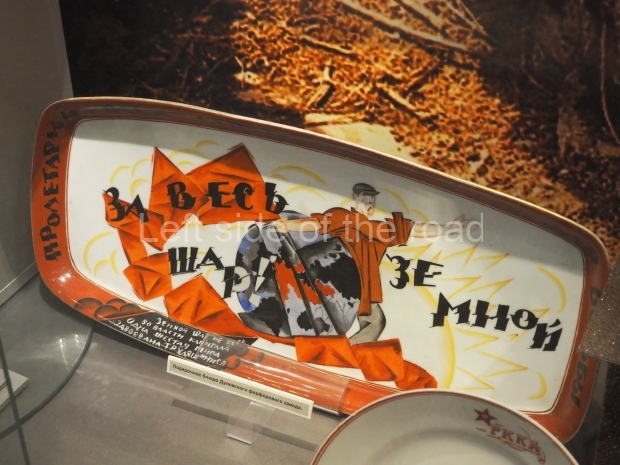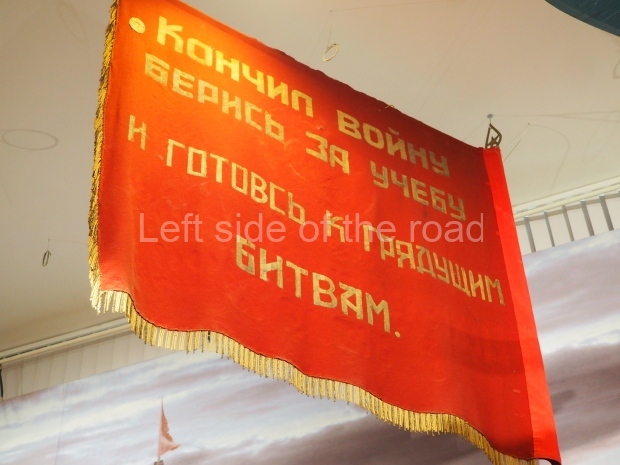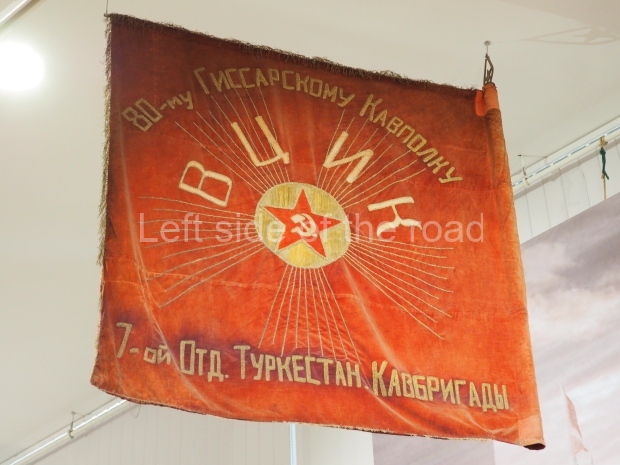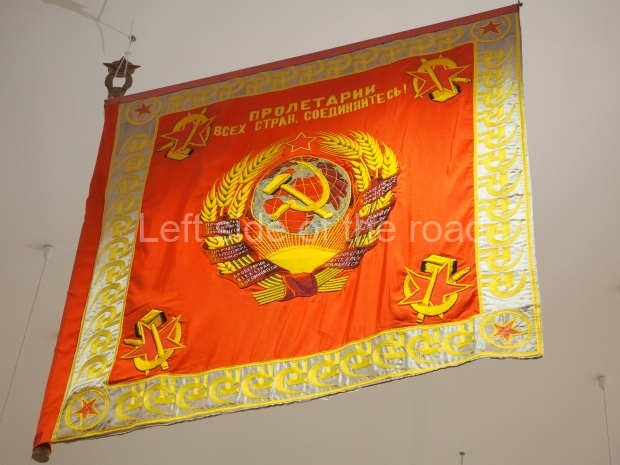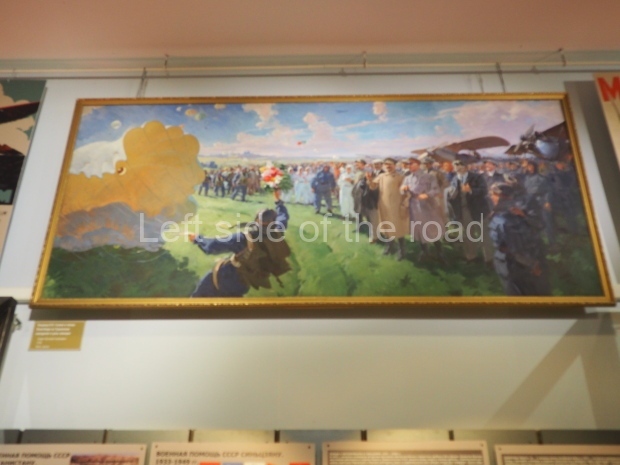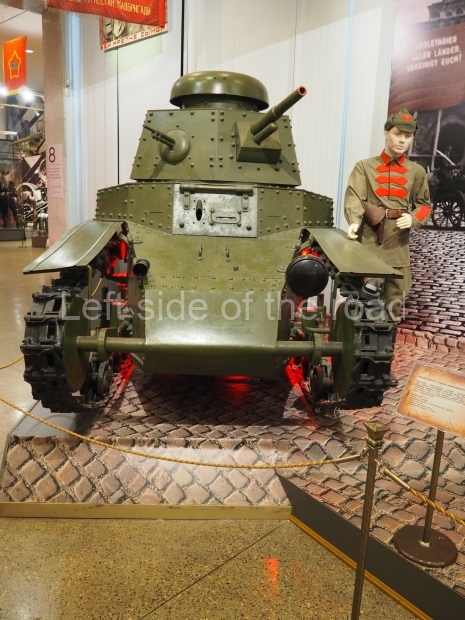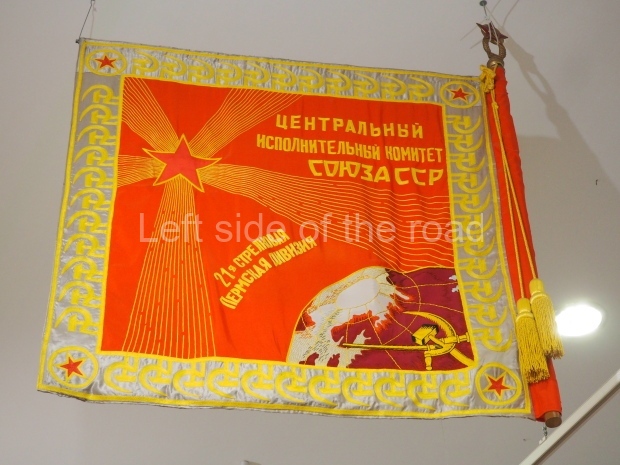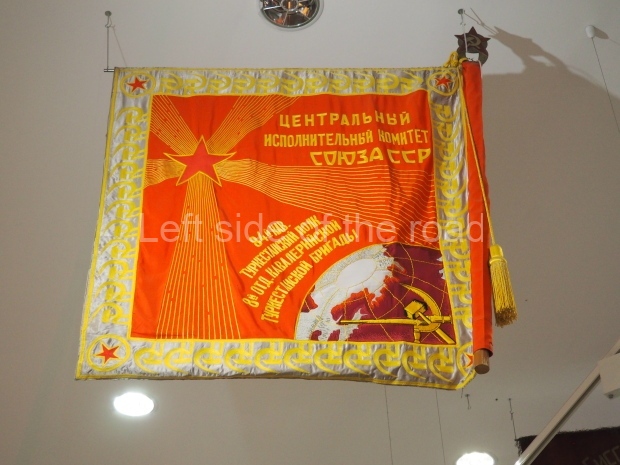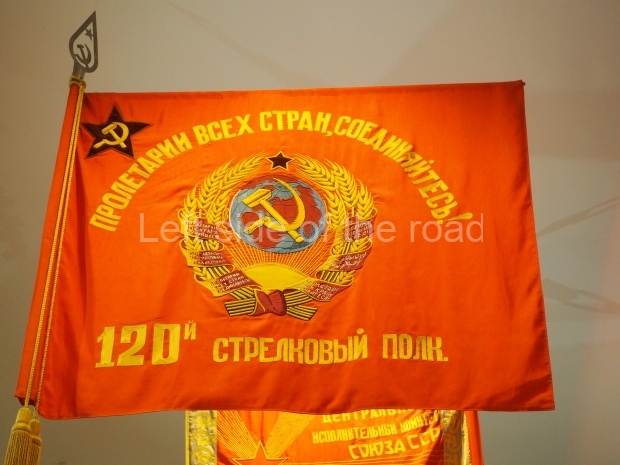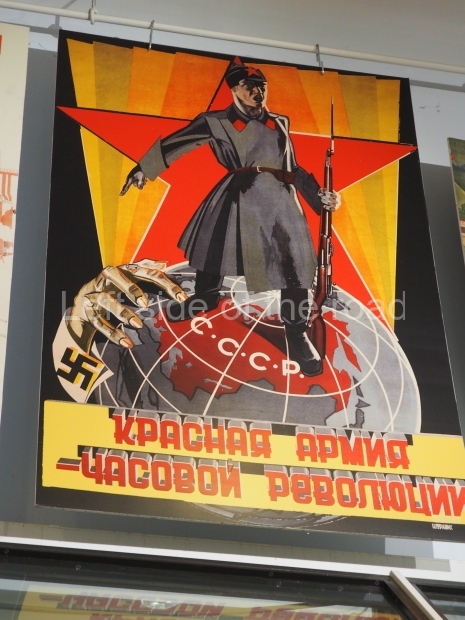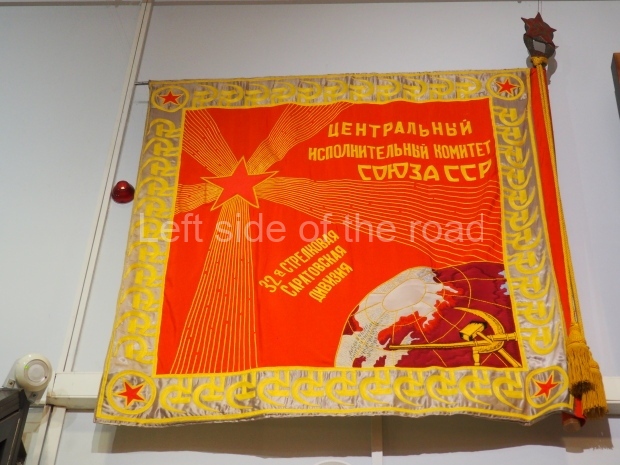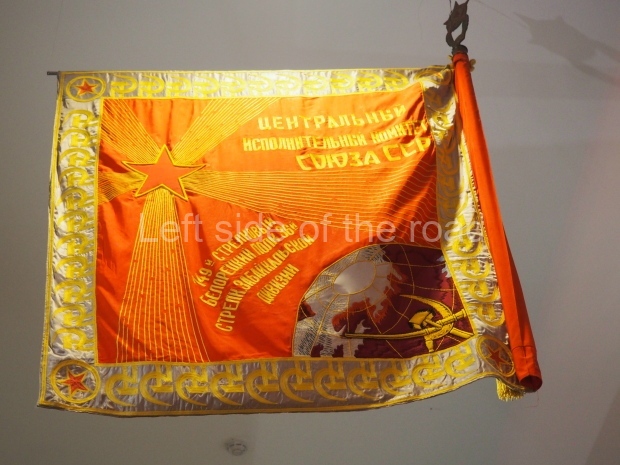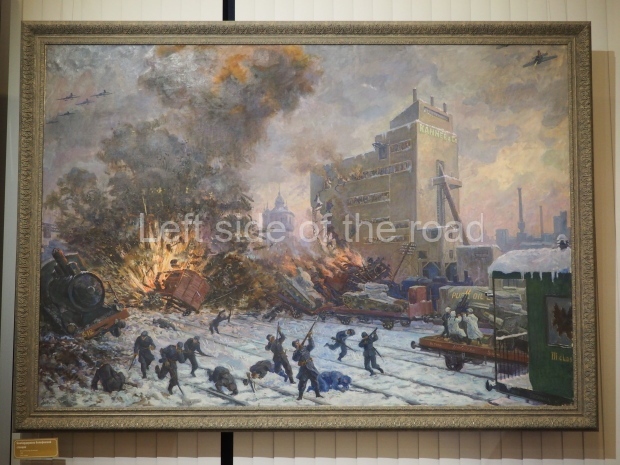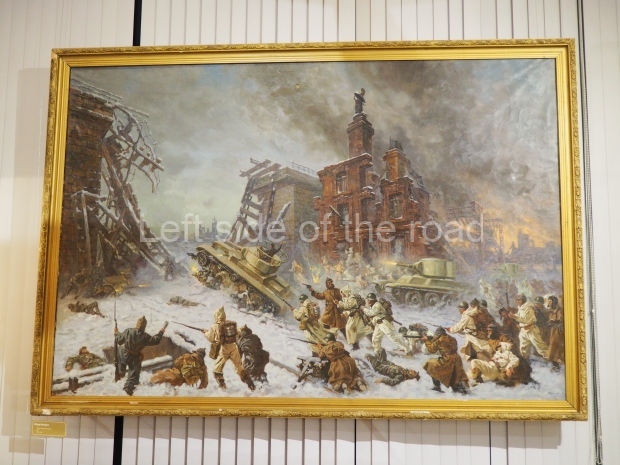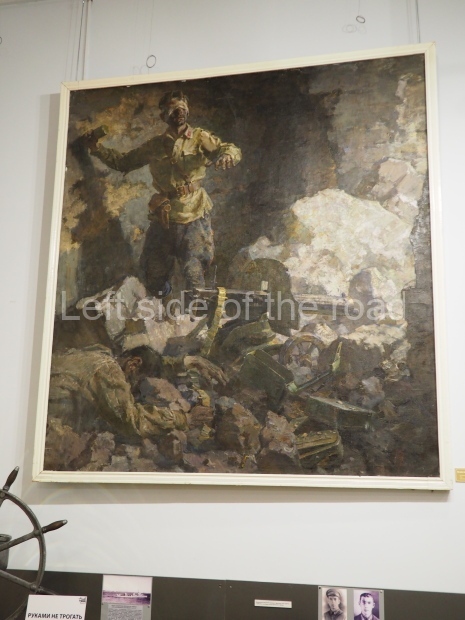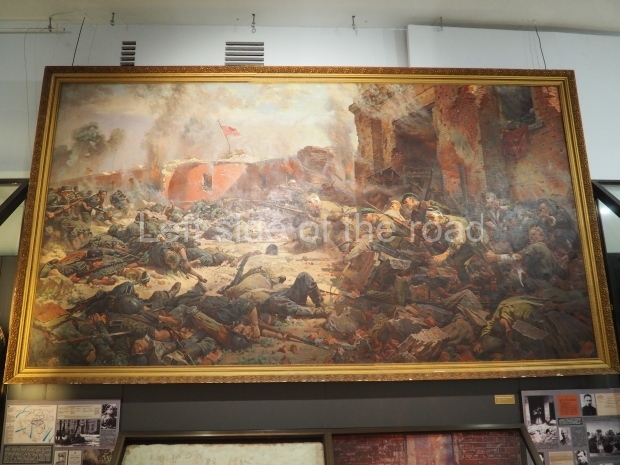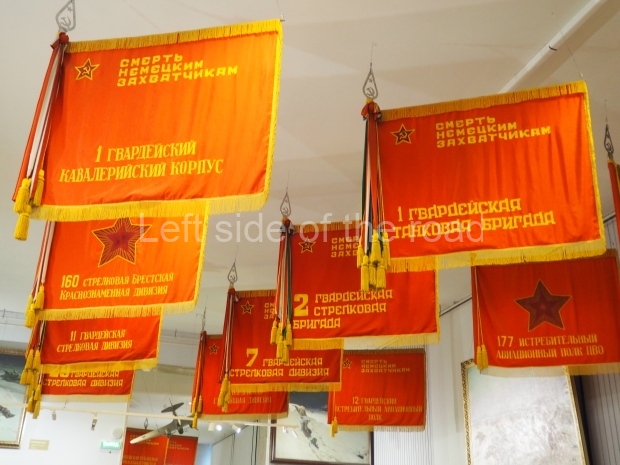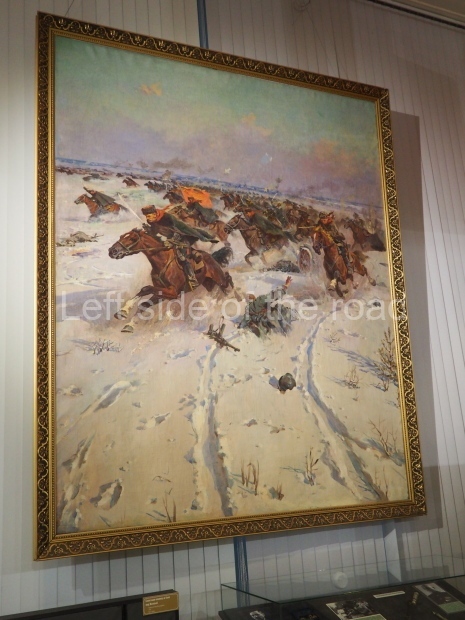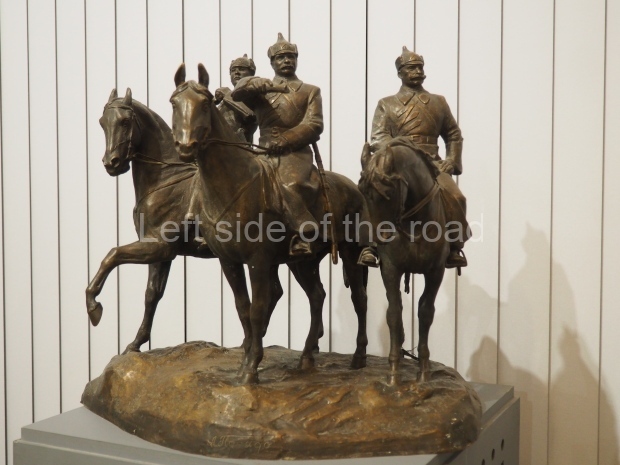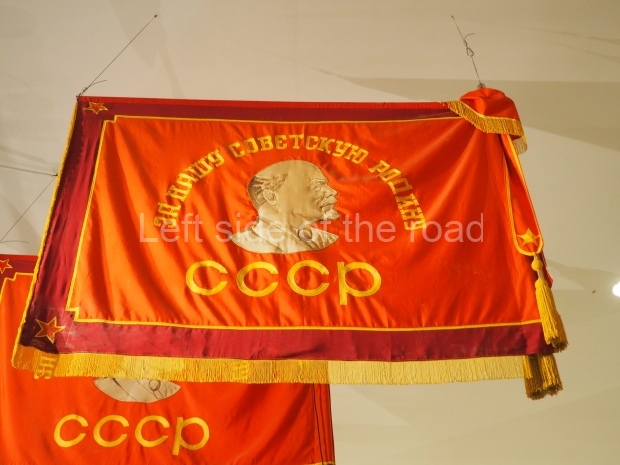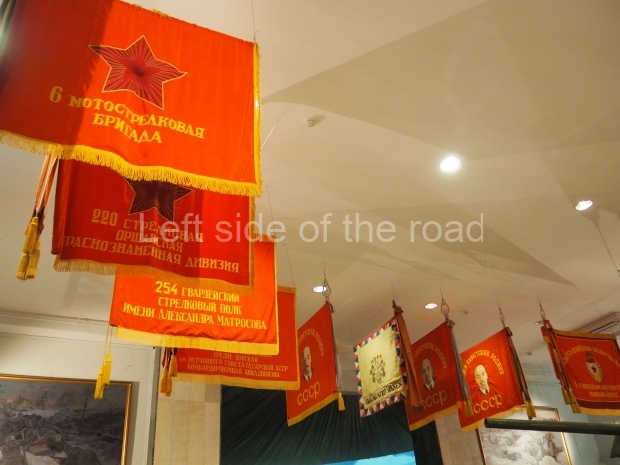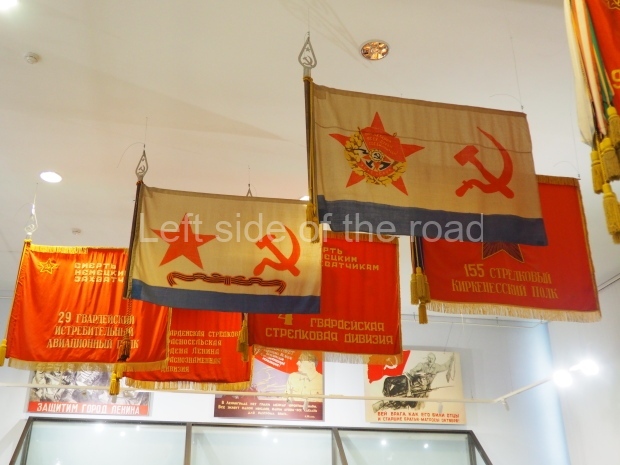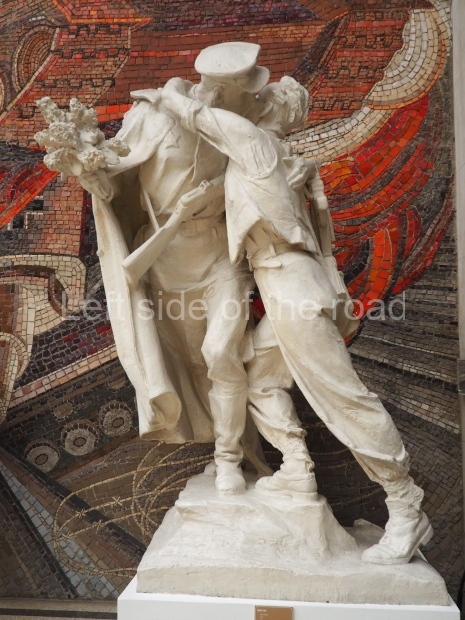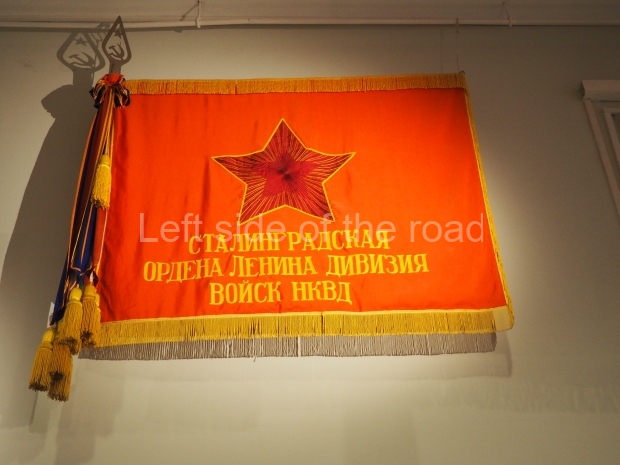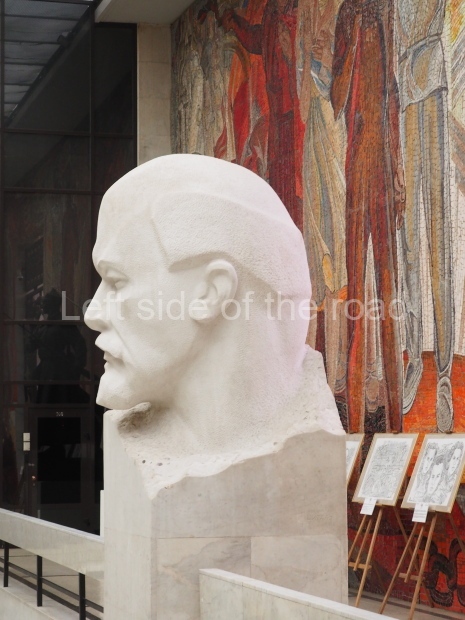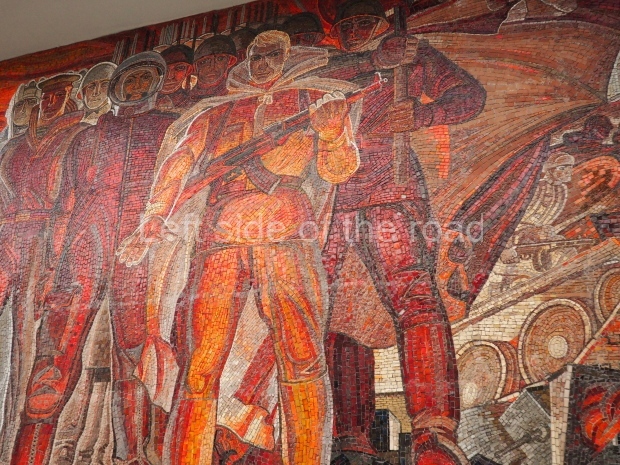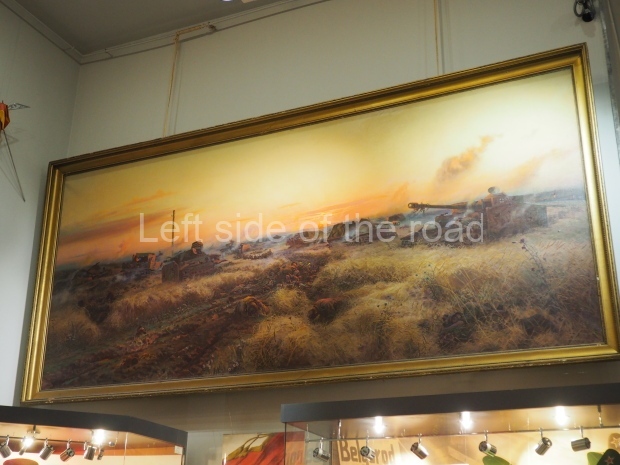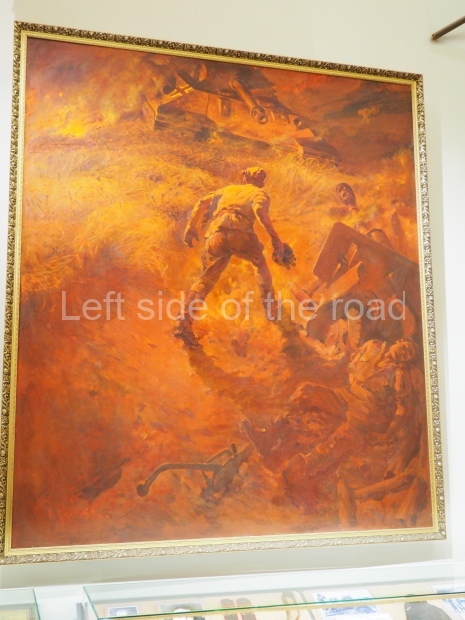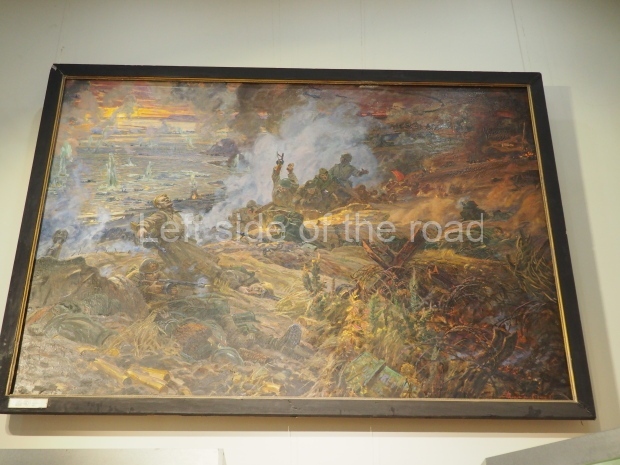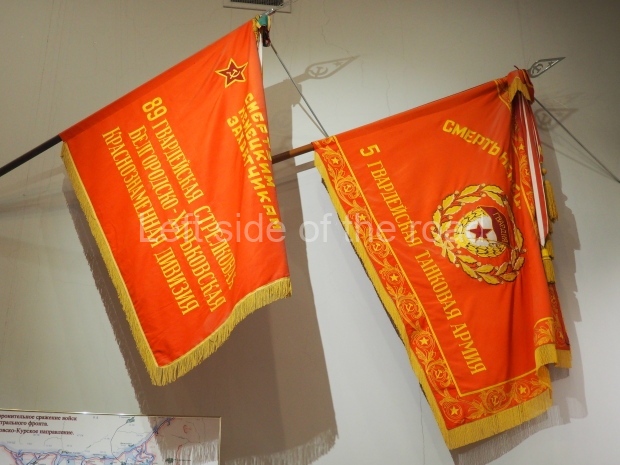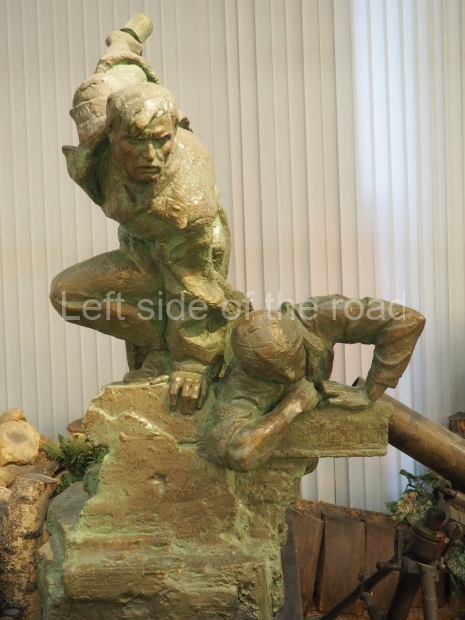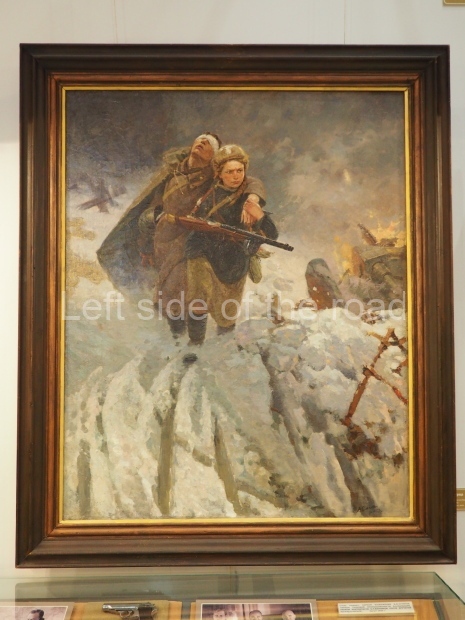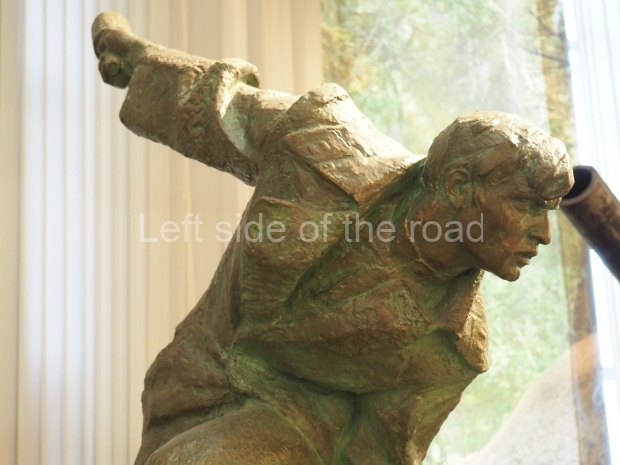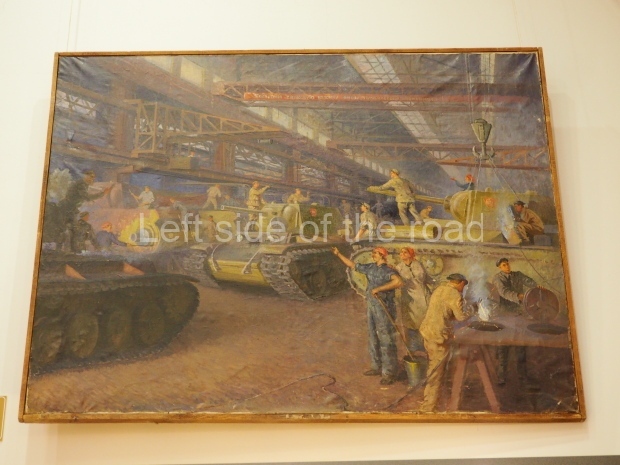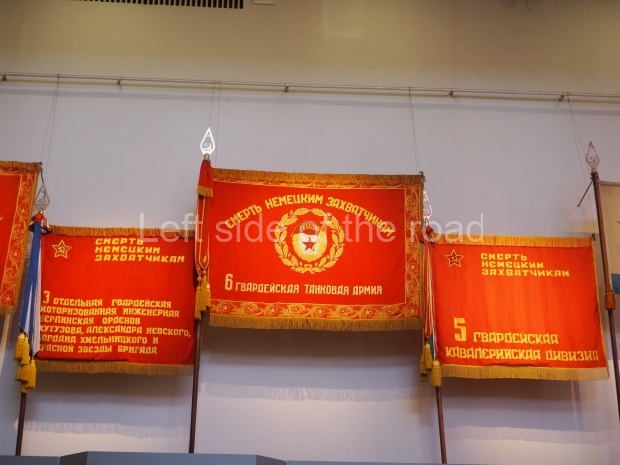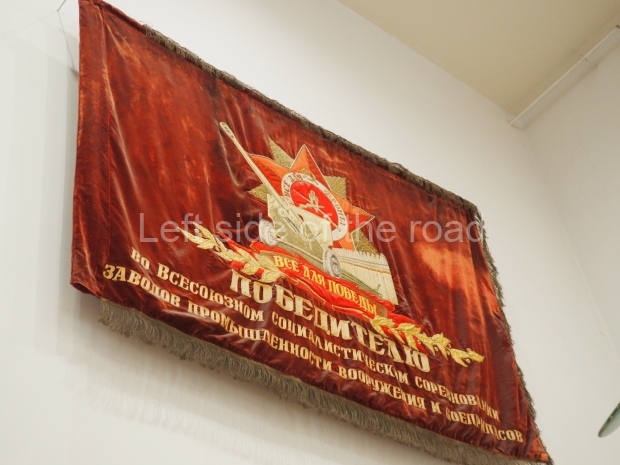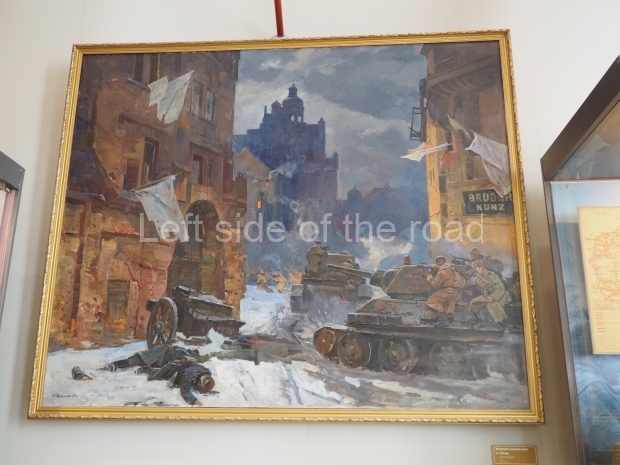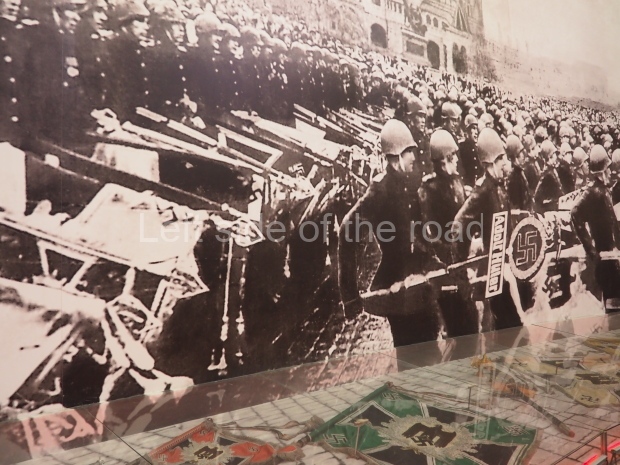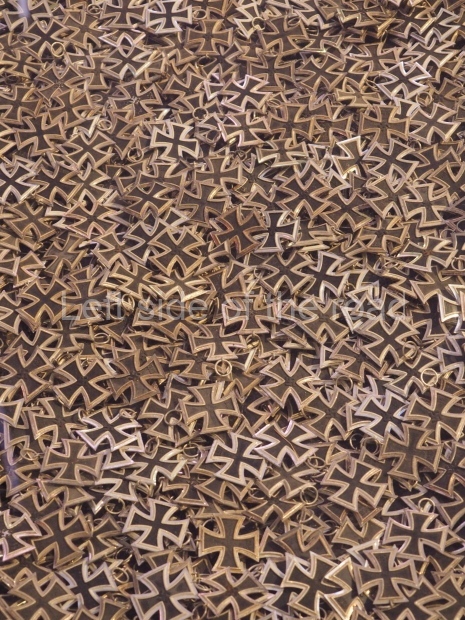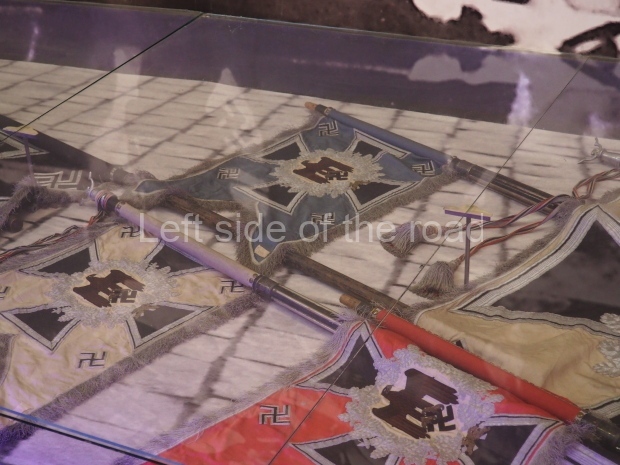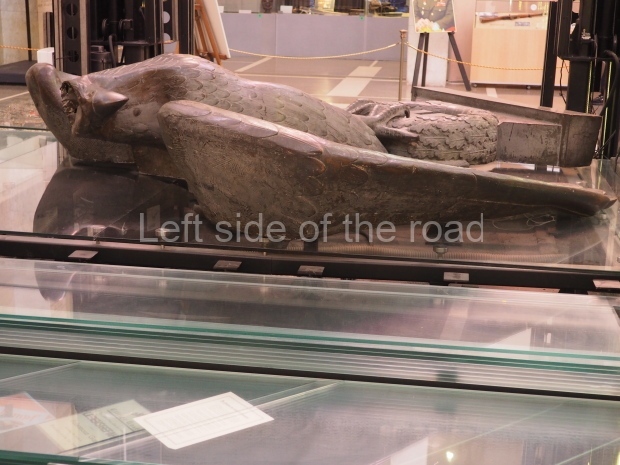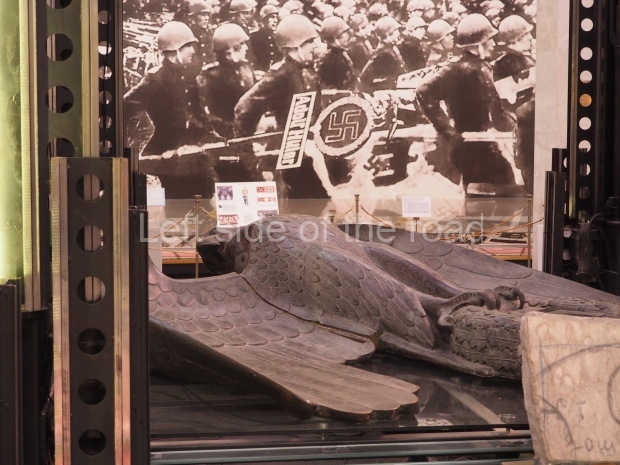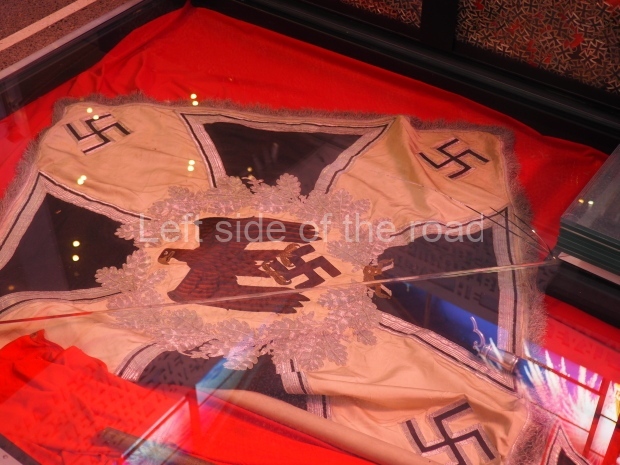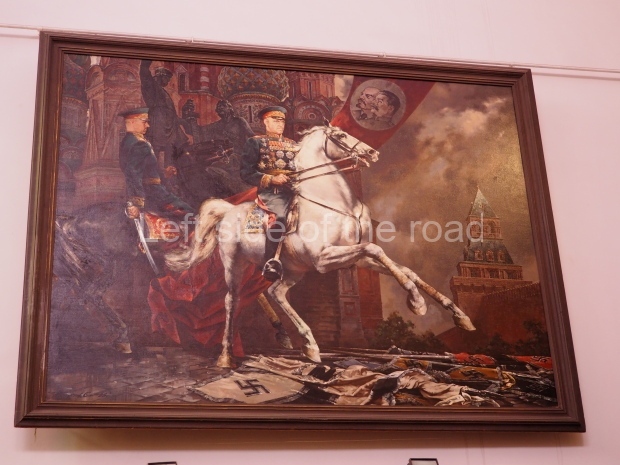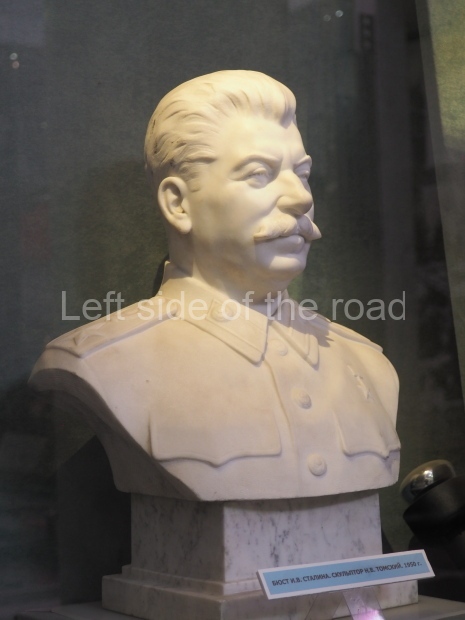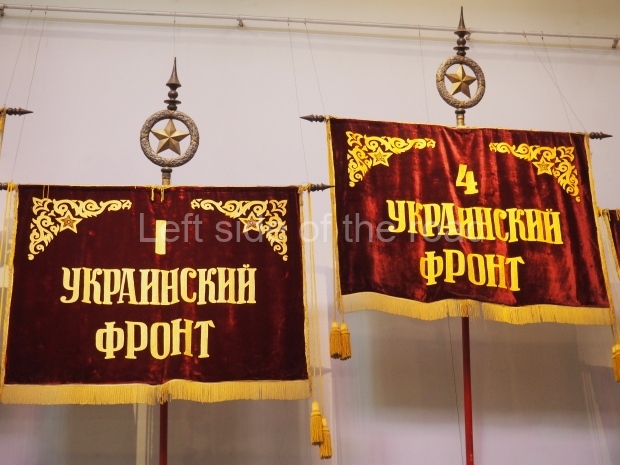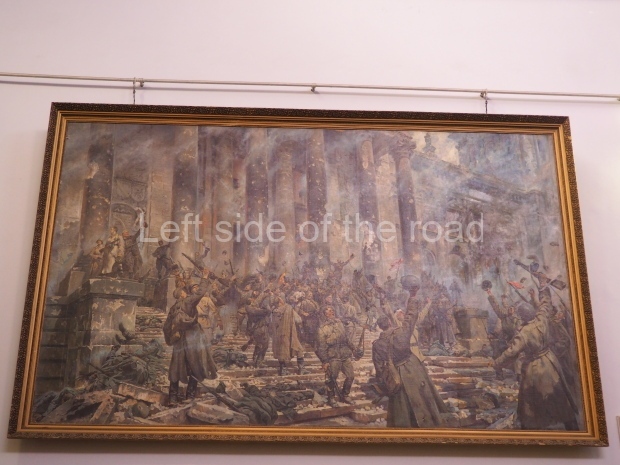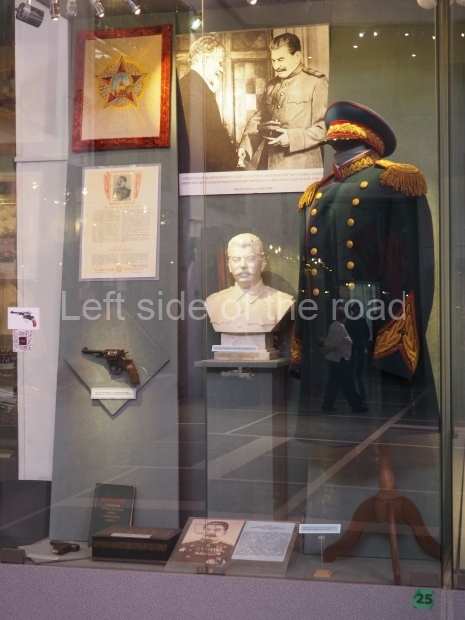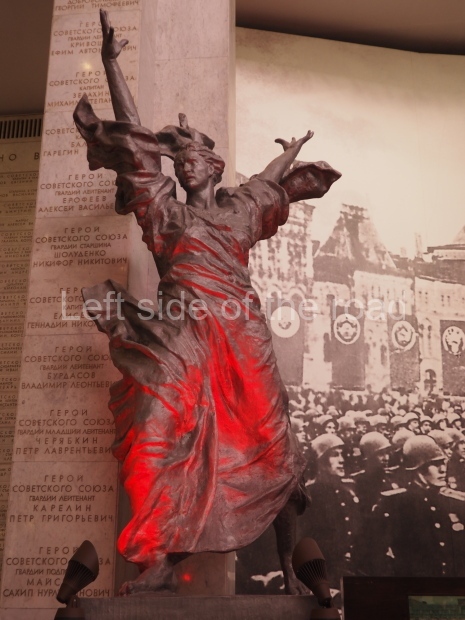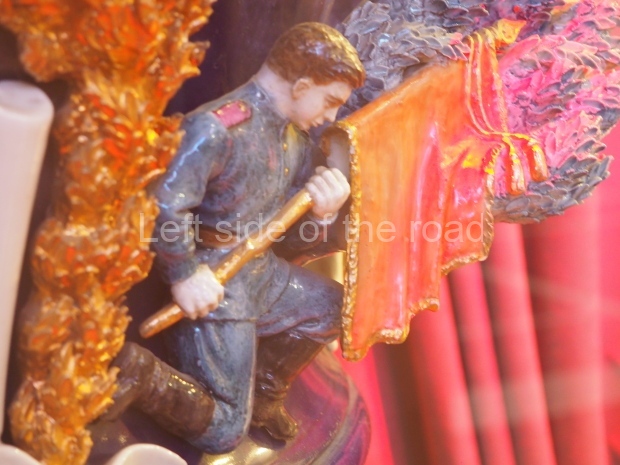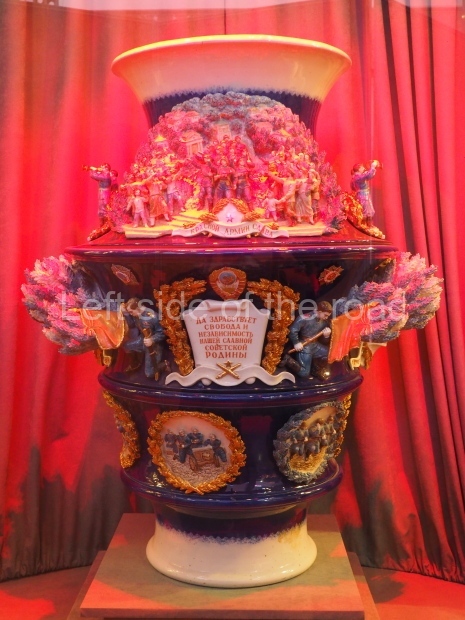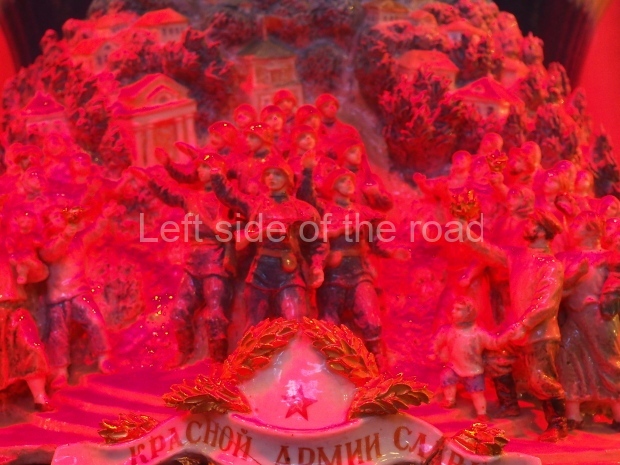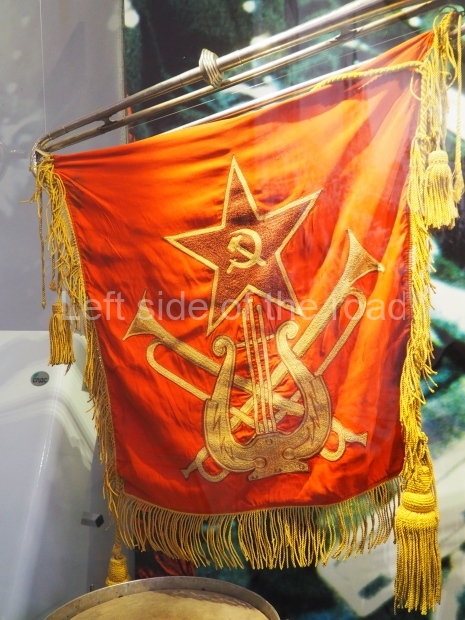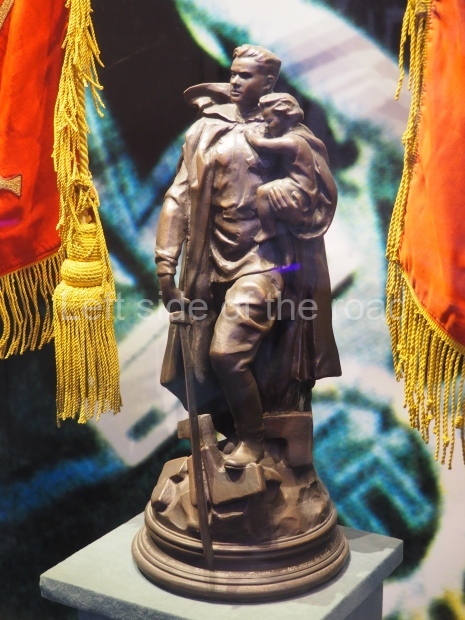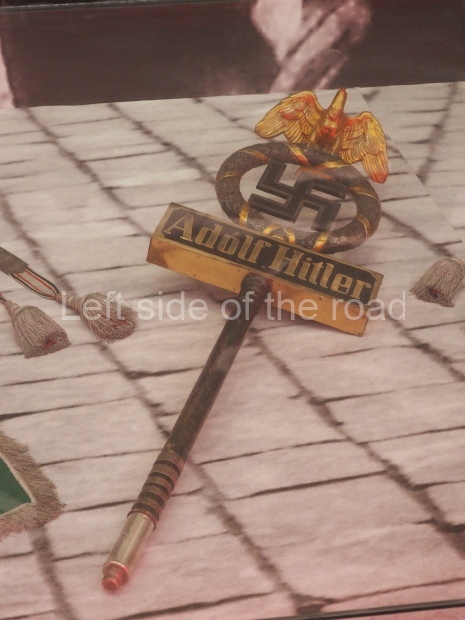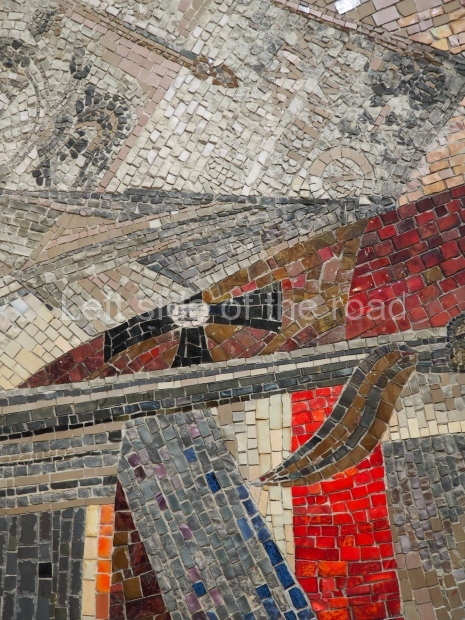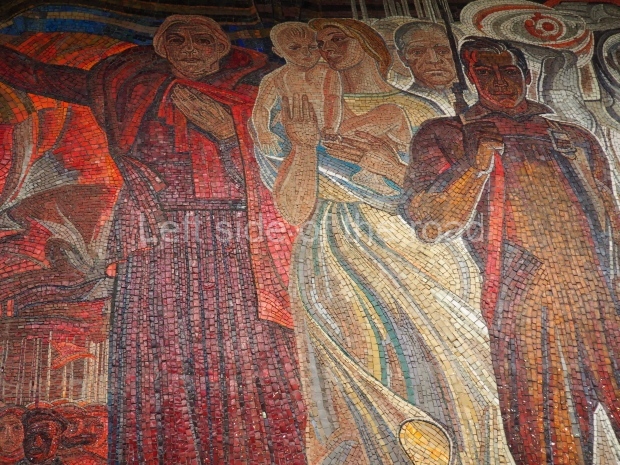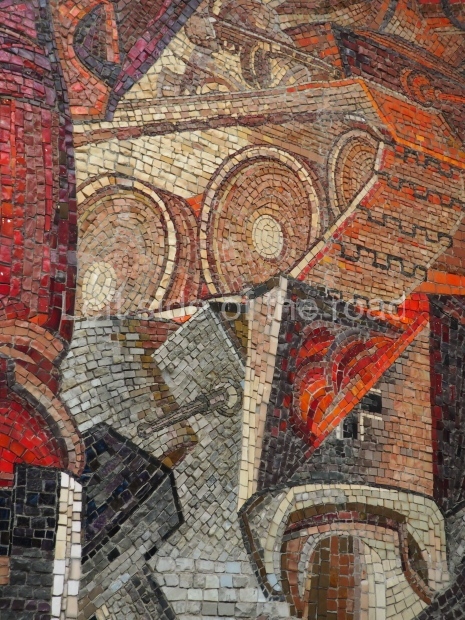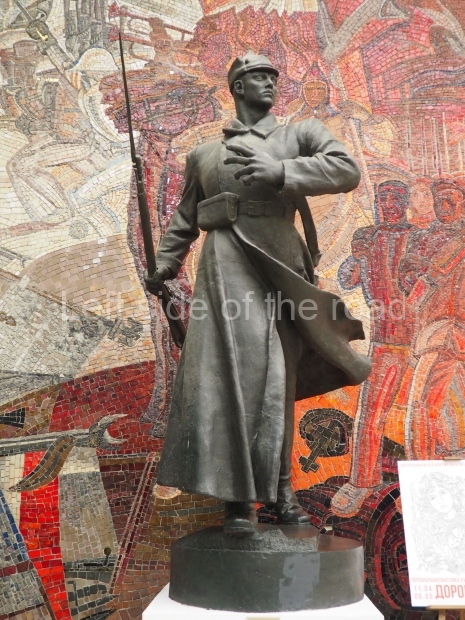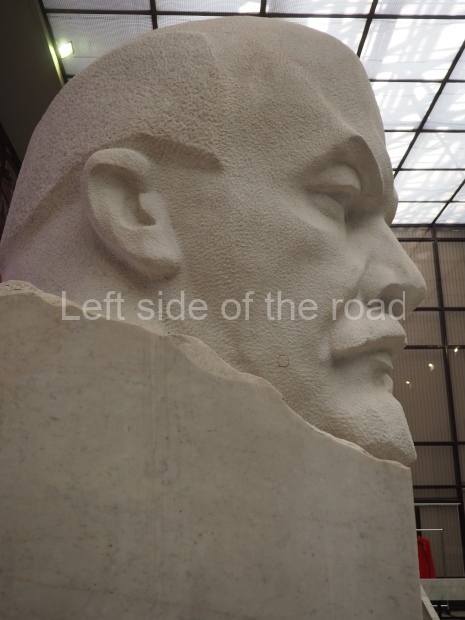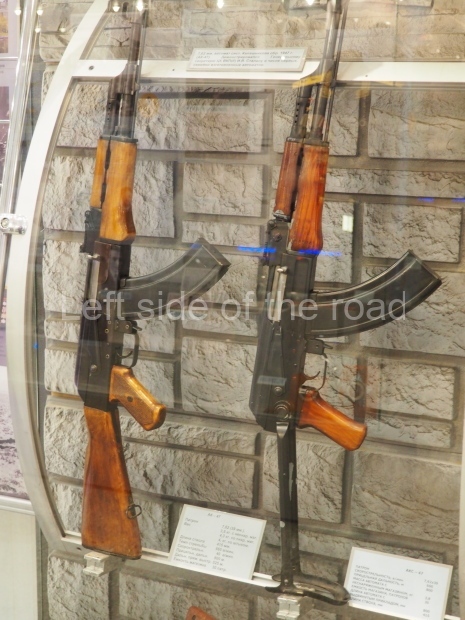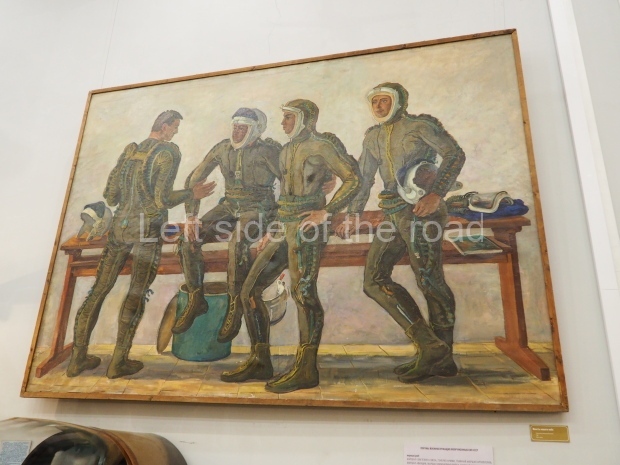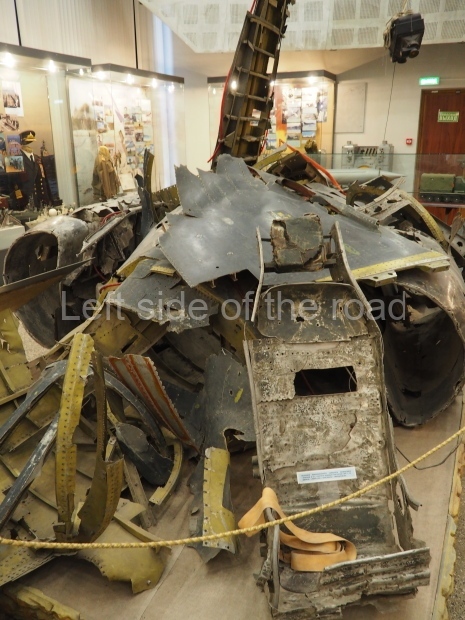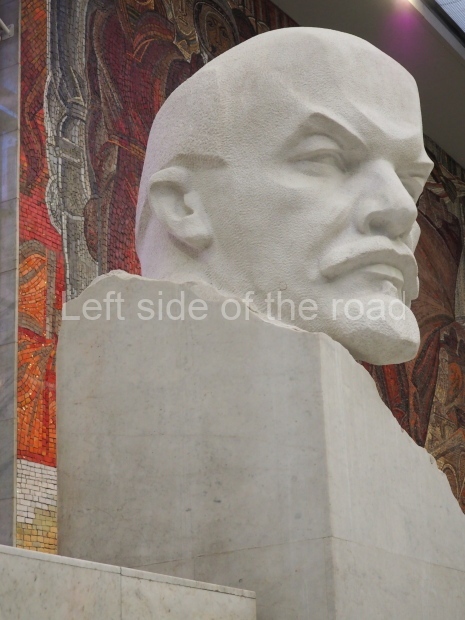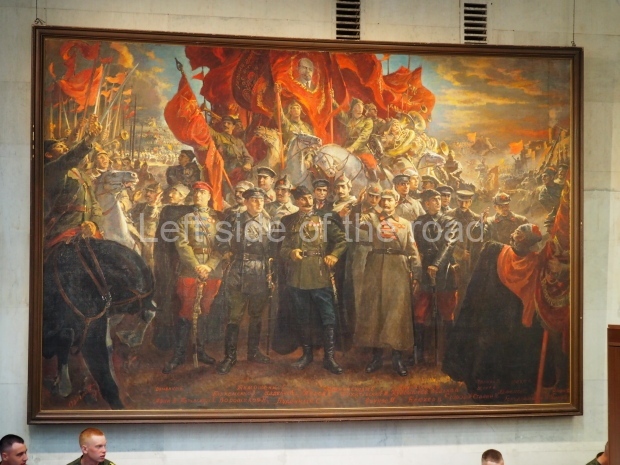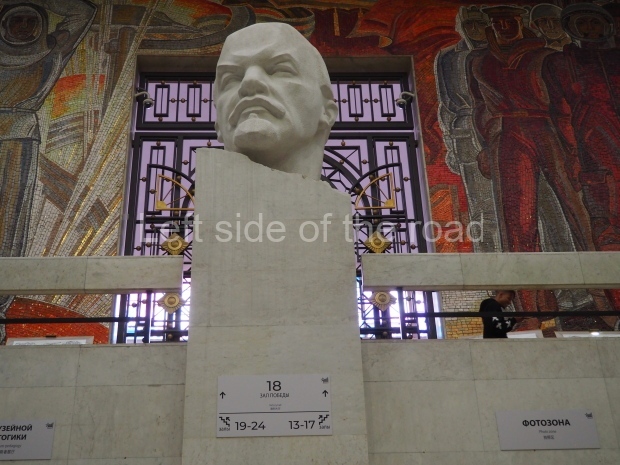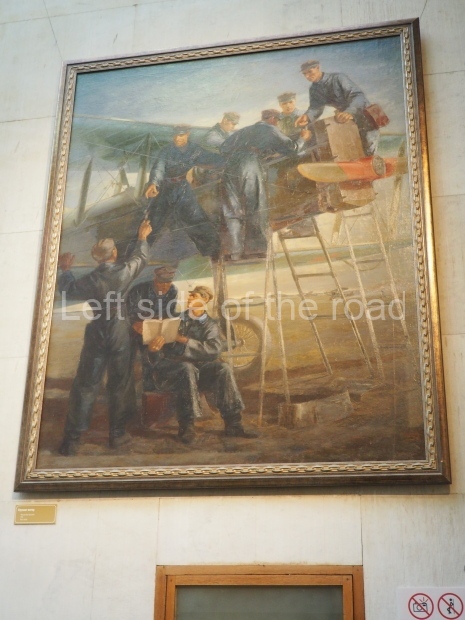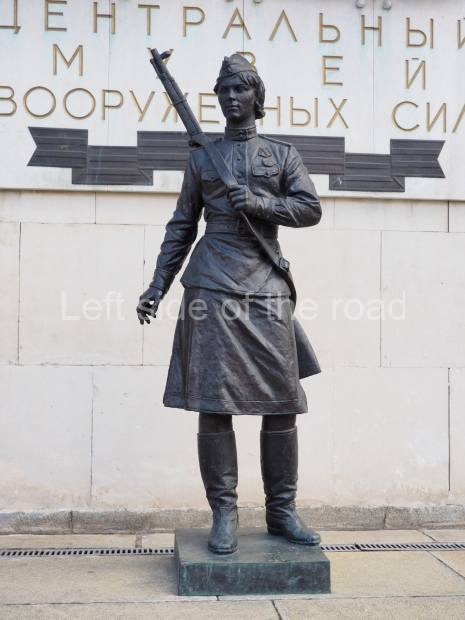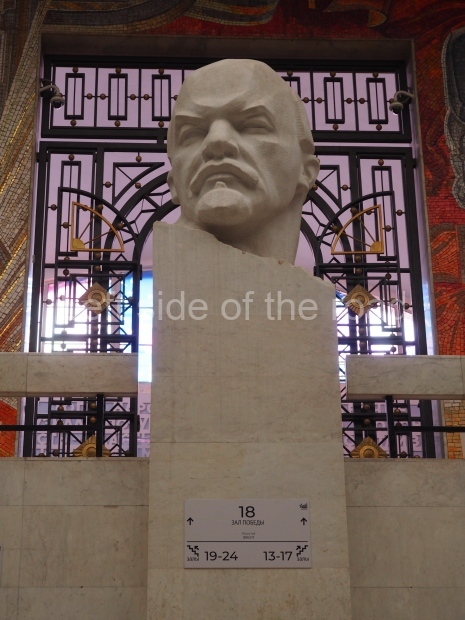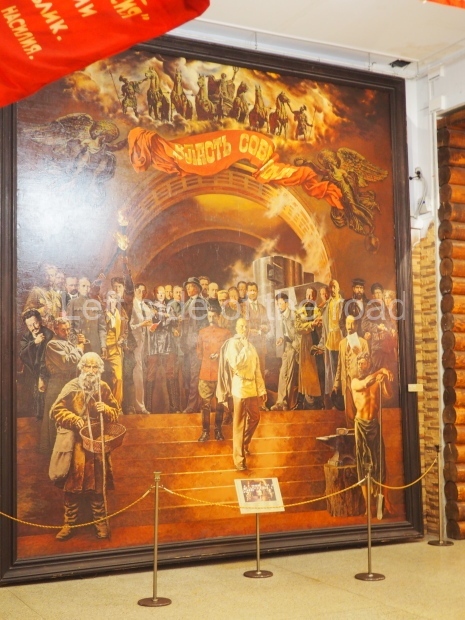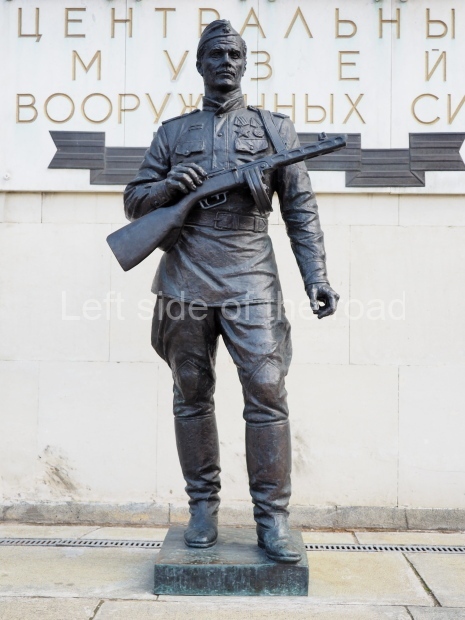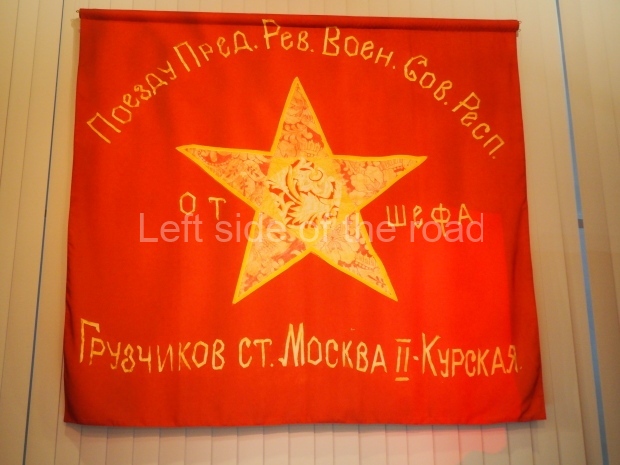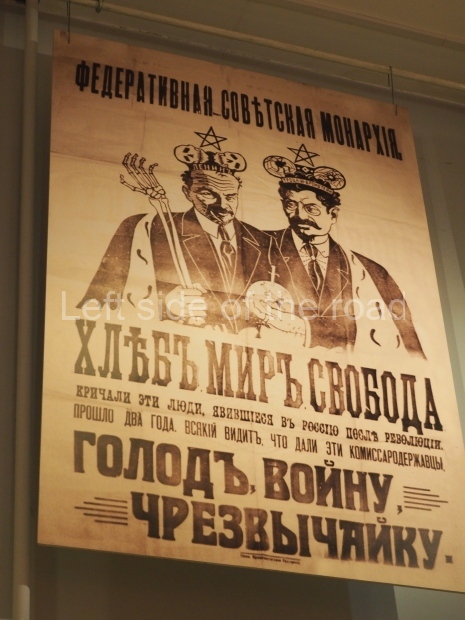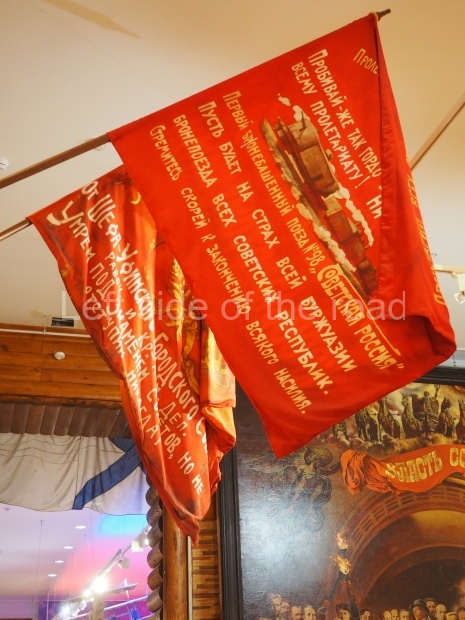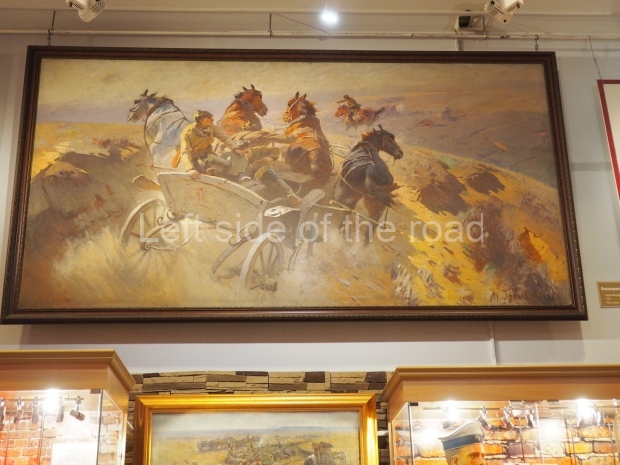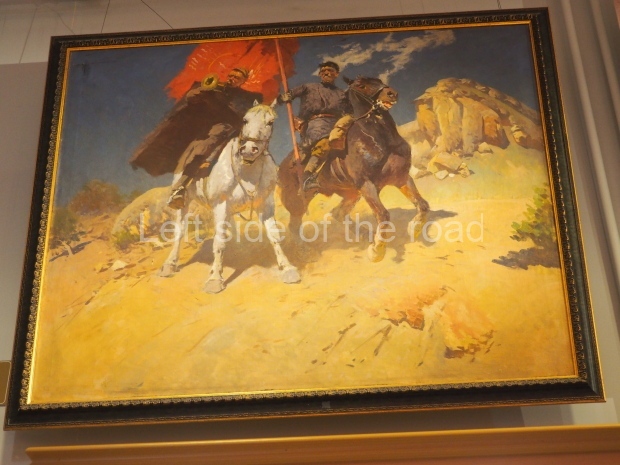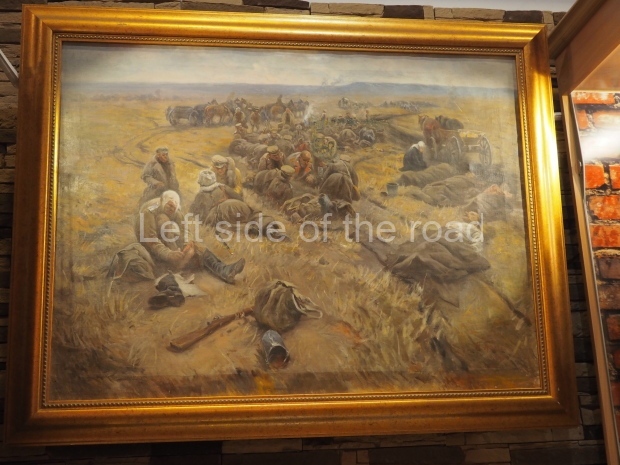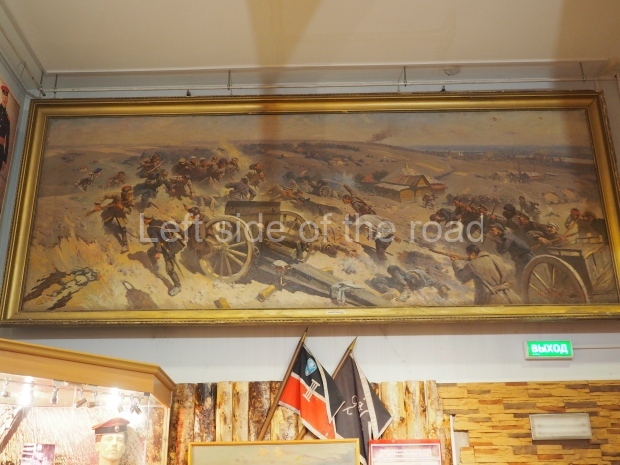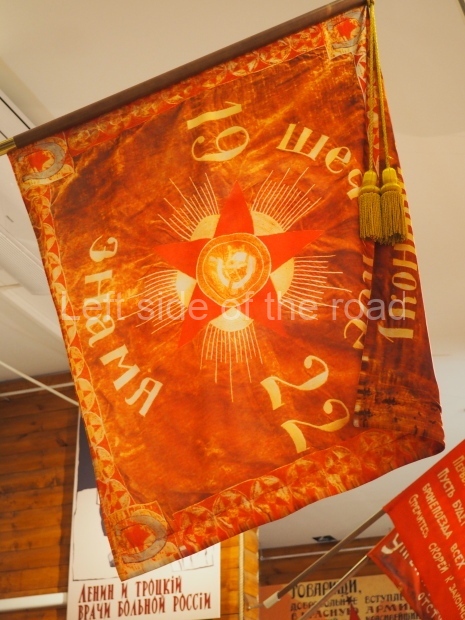Tsaritsyn and the War of Intervention – 1918-1922
The area around what was then the town of Tsaritsyn (now Stalingrad – sometimes erroneously referred to as ‘Volgograd’) was a major battle area during the war perpetrated against the nascent Workers’ State by the combined forces of the capitalist and imperialist countries. At times called the Civil War it was more a War of (Foreign) Intervention in support of the reactionary and monarchist ‘White’ forces. After four years of trying to destroy each other the members of the ‘opposing’ armies (during what came to be known as the First World War) fourteen imperialist powers found common ground when it came to the attempt to destroy the first Socialist state in the world.
These attempts were eventually defeated and by 1922 the country that was soon to call itself the Union of Socialist Soviet Republics had eradicated these forces from the territory of the workers’ Republic. However, this was not the final battle as the country had to contend with internal enemies (fought against during the 1930s) and then had to contend with the next imperialist effort to destroy Socialism in the form of the German Nazi invasion in 1941. At that time the city of Stalingrad again showed itself as prepared to sacrifice anything to defeat the invader.
JV Stalin was one of the leaders of the Bolshevik Party who was sent to this part of the front and his involvement can be read about in Stalin and the Armed Forces of the USSR, by KE Voroshilov.
There are three locations in modern Stalingrad where the tumultuous events of 1918-1919 are commemorated.
Monument to the Heroes of the Defence of Red Tsaritsyn
The first is the Monument to the Heroes of the Defence of Red Tsaritsyn located on Metallurgov Square in the Krasnooktyabrsky district. The sculpture was installed in 1961 on a pedestal lined with polished dark gray, granite slabs. The monument is dedicated to the heroes of the War of Intervention, including the workers of the local factories who took an active part in the defence of Tsaritsyn against the White Guards in 1918-1919.
The sculpture is made up of six figures. In the centre, standing, is what appears to be an officer. He has his right arm outstretched to his side, angled slightly behind him, with an open palm. This gesture normally signifies a call for others, unseen, to come and join the fight. Strangely, he is wearing a long sword, the scabbard of which he is grasping in his left hand.
To his left are two figures that have a connection, both emotionally and physically. The first is an older woman and she is probably the mother of the other figure, a young male. He looks somewhat nervous but his mother is trying to calm him with her hand on his right shoulder, saying that this is what he must do to protect her and the city of his birth. He is not in uniform so represents the young factory workers who joined the fight when the city was under siege. They are further united in that both of them have a hand gripping a rifle which has its butt on the ground.
Going around to the back of the sculpture the next figure is a male in a naval uniform. He has a rifle slung over his right shoulder which he is in the process of making it ready for use as his gaze is into the distance with the impression it is from there that the enemy is approaching.
Next to him is a soldier in the uniform of the newly formed Red Army. He is looking in the same direction as the sailor and his right hand is on the trigger mechanism of a Maxim machine gun.
The final figure of the group is the only one who is not standing. This is a worker (in civilian clothing) and his head is bandaged signifying he has been wounded. However, his left hand rests on body of the machine gun and he is holding his rifle in his right. He might be wounded but he is still prepared to take part in the fight.
The plaque on the front of the plinth reads (in Russian);
героям обороны Красного Царицына Вечная слава
meaning
Eternal Glory to the heroes of the Defence of Red Tsaritsyn
The plaque on the back threatens criminal charges against anyone who causes damage to the monument but this appears to have been installed soon after the monument was inaugurated as it makes reference to the Communist Party of the Russian Federation
Location;
Prospekt Metallurgov, 1А
GPS;
48.76612 N
44.56121 E
How to get there:
Nearest Metro/tram station is Zavod Krasny Oktyabr and it’s a few minutes walk, going out of town, on the opposite side of the road to the tram line.
Mass Grave of Sailors of the Volga Military Flotilla and Factory Workers
The second monument is close to the group sculpture above, being only a few hundred metres closer to the Metro stop and in the park area that separates the housing from the major road leading north out of the city. This is the Mass Grave of Sailors of the Volga Military Flotilla and Factory Workers.
The monument for this grave consists of a single individual – a sailor from the recently formed Socialist navy based in Tsaritsyn. He is sitting on the ground, his body twisted slightly to his right as he props himself up with his right forearm and has his left hand on the ground to give him further support. As is the individual in the main group sculpture he appears to be wounded but the fact that he still has his right hand on his rifle shows his willingness to fight on – however debilitated he might be.
He is wearing his sailors cap, with the ribbon hanging down which tells us he’s a sailor but, for a reason I don’t understand, he is shirtless
The inscription, on the plinth of the statue, reads in Russian;
Здесь похоронены моряки и рабочие, побшие в боях за Царицын в сентябре 1919 г[ода]
which translates as;
Sailors and workers who died in the battles for Tsaritsyn in September 1919 are buried here
Location;
Prospekt Imeni V.I. Lenina
GPS;
48.76355 N
44.56966 E
How to get there;
Almost directly across the road from the Zavod Krasny Oktyabr metro/tram stop.
Memorial History Museum
The third location dedicated to the battle for Red Tsaritsyn during the War of Intervention is the what is now known as the Memorial History Museum. I say ‘dedicated to the battle for Red Tsaritsyn’ but that, now, isn’t strictly true. The museum, located in an early 20th century estate house, was originally opened in 1937 as the Museum of the Defence of Tsaritsyn and was dedicated to JV Stalin – due to his role in the battles here in 1918 and 1919.
However, at some unknown time in the past it was decided that the museum should also recognise the White forces that fought against the young Bolshevik, Socialist state. At one time there was a statue of JV Stalin in front of the main entrance to the building but that’s long gone and now there’s even a large, stone Orthodox Cross by the entrance.
Inside there’s been a half-hearted attempt to represent the White (reactionary and monarchist forces supported by the European imperialist countries) in a ‘BBC inspired’ ‘give both sides of the story’ manner. This makes the whole concept of the museum somewhat ludicrous. No one in Stalingrad would ever contemplate presenting the invading Nazis in a favourable light in the Battle of Stalingrad Panoramic Museum, just a kilometre or two up the road, but the reactionary authorities got away with it in this museum.
The museum, nonetheless, is still worth a visit if not for;
- the mock up of an armoured train – something I hadn’t seen before;
- the horse drawn carriage with a Maxim machine gun mounted at the back;
- some impressive, original banners;
- a collection of posters from the period; and
- an example of a small badge with an image of the Hammer and Plough. I assume this was what was considered before the Hammer and Sickle was adopted (but, so far, I haven’t been able to find out anything more about how the now famous symbol of the Soviet Union was eventually accepted as being representative of the country’s construction of Socialism.)
Location;
Ulitsa Gogolya, 10,
GPS;
48.71138 N
44.51438 E
How to get there;
The museum is in the same square as Stalingrad/Volgograd 1 railway station, just across the car park and the road from the main station entrance.
Opening hours;
Every day between 10.00 and 18.00.
Entrance;
₽ 150 (about £1.40)






